Should transfer pricing adjustments be subject to VAT? Arcomet Towercranes SRL (Case C-726/23)
-zjja92wdje.webp)
🎧 Prefer to Listen?
Get the audio version of this article and stay informed without reading - perfect for multitasking or learning on the go.
The relationship between VAT and transfer pricing has long been complex and often a source of misunderstanding in international tax practice. This is due to the fact that these two aspects of intragroup transactions often operate under different principles and pursue different objectives, even though both entail compliance obligations.
VAT and transfer pricing (TP) serve distinct purposes. VAT is an indirect consumption tax applied proportionally to the value of goods and services. In contrast, TP is a concept related to direct taxation, aiming to allocate profits appropriately among related parties and ensure that transactions are priced at arm's length, preventing base erosion and profit shifting.
As a result, the standards for VAT liability or deduction may not always align with those used to determine whether a TP arrangement is acceptable.
In April 2025, the Advocate General (AG) at the Court of Justice of the European Union (CJEU), Jean Richard de la Tour, issued an opinion in Case C-726/23, SC Arcomet Towercranes SRL v Direcția Generală Regională a Finanțelor Publice București. The case raises significant questions regarding transfer pricing adjustments and their implications for VAT. In particular, it asks whether such adjustments can be subject to VAT, and whether tax authorities can request documentation beyond an invoice to validate the right to deduct input VAT.
If upheld by the Court, the AG’s opinion could substantially impact how transfer pricing—traditionally governed by direct tax rules—interacts with indirect tax systems such as the EU VAT Directive. While the final CJEU ruling is still pending, this case, along with Stellantis Portugal (C-603/24), may reflect a broader shift in the treatment of intra-group transactions.
Case Overview: Arcomet and the VAT Dispute
The dispute arose between Arcomet Romania and its Belgian head office, Arcomet Service NV. The claimant is a member of the Arcomet Group and specializes in crane rentals.
In 2012, the Romanian subsidiary and its Belgian head office entered into an agreement to align the subsidiary's operating margin with market benchmarks, based on a transfer pricing study applying the transactional net margin method (TNMM). The target operating margin was set between -0.71% and 2.74%. If the actual margin fell outside this range, the head office would issue an annual equalization invoice.
Between 2011 and 2013, Arcomet Romania exceeded the agreed margins and received three TP adjustment invoices from its Belgian counterpart. Two were treated as intra-community services subject to the reverse charge mechanism. The third was considered outside the scope of VAT by the Romanian entity.
Romanian tax authorities contested this, arguing that the services were not properly substantiated and therefore did not qualify for VAT deduction. They imposed VAT, penalties, and interest, rejecting Arcomet's claim that the amounts reflected non-taxable internal group allocations.
As a result, two preliminary questions were referred to the CJEU:
Whether, under Article 2(1)(c) of the VAT Directive (2006/112/EC), a TP adjustment between related parties constitutes remuneration for a service subject to VAT.
Whether, under Articles 168 and 178, tax authorities may require documentation beyond the invoice to justify the taxpayer's right to deduct VAT.
The Advocate General’s Opinion
In addressing these questions, the AG adopted a case-by-case approach, rejecting the idea of a general exemption from VAT for TP adjustments.
Regarding the first question, the AG highlighted that while OECD transfer pricing principles are developed for direct taxation purposes, VAT is a consumption-based tax that fundamentally relies on the existence of a reciprocal transaction. Notably, the concept of "normal value" has different implications: in TP, it serves as a benchmark for arm's length pricing; in VAT, it generally applies in anti-abuse contexts to define the taxable amount.
Moreover, TP adjustments can be initiated by the taxpayer (compensatory adjustments) or ex post by tax authorities (primary, correlative, or secondary adjustments). According to the VAT Expert Group, adjustments made solely by tax authorities do not constitute consideration for a supply of goods or services and thus fall outside the scope of VAT. However, if the adjustment stems from a contractual agreement or relates to differences between actual and budgeted costs (e.g., for marketing or administration), it may result in VAT liability.
In the Arcomet case, the AG found that a service and corresponding remuneration were present. The head office assumed the risks associated with commercial strategy, planning, contract negotiation, and fleet management, while Arcomet Romania purchased and owned the equipment and managed rentals. The payment structure, pre-agreed and embedded in a contractual framework, constituted a form of consideration for services rendered, rather than a mere internal adjustment. Thus, it met the criteria for VAT under Article 2(1)(c).
As to the second question, the AG noted that under Articles 168 and 178 of the VAT Directive, and consistent with the principle of proportionality, tax authorities may require supporting documents beyond the invoice to establish that the input services were used for taxable activities.
EU case law confirms that input VAT is deductible when the purchaser is a taxable person and the goods or services are used for taxable output transactions. A direct and immediate link must exist between input and output, or the input cost must be a component of the final price of the output. In Arcomet's case, the services from the head office were clearly part of the pricing model used by the Romanian entity.
Therefore, while formal requirements like invoices are important, the principle of neutrality requires that the right to deduct be granted when substantive conditions are met. The AG emphasized that requesting additional evidence is compatible with proportionality, especially to verify the existence of those substantive conditions. This view aligns with prior CJEU rulings, such as Weatherford Atlas Gip (C-527/23), which underscored the need for transparency in intra-group flows.
Conclusions
The Arcomet case marks a potentially significant shift in the interaction between TP and VAT. The current legal landscape remains uncertain and fragmented. A lack of administrative guidance, differing opinions among EU bodies, and inconsistent national practices increase the risk of double taxation and unequal treatment.
Confirmation of the AG’s opinion could drive changes in how companies approach TP documentation and VAT compliance, particularly regarding service scope, remuneration structures, and their connection to taxable outputs.
In this context, the pending Stellantis Portugal case (C-603/24) may offer further clarity. That case also deals with post-period adjustments and questions whether they represent new supplies or merely accounting adjustments without VAT consequences.
Together, Arcomet and Stellantis signal a broader EU effort to clarify VAT treatment of intra-group transactions and reinforce that VAT cannot be overlooked in TP arrangements.

More News from Europe
Get real-time updates and developments from around the world, keeping you informed and prepared.
-e9lcpxl5nq.webp)


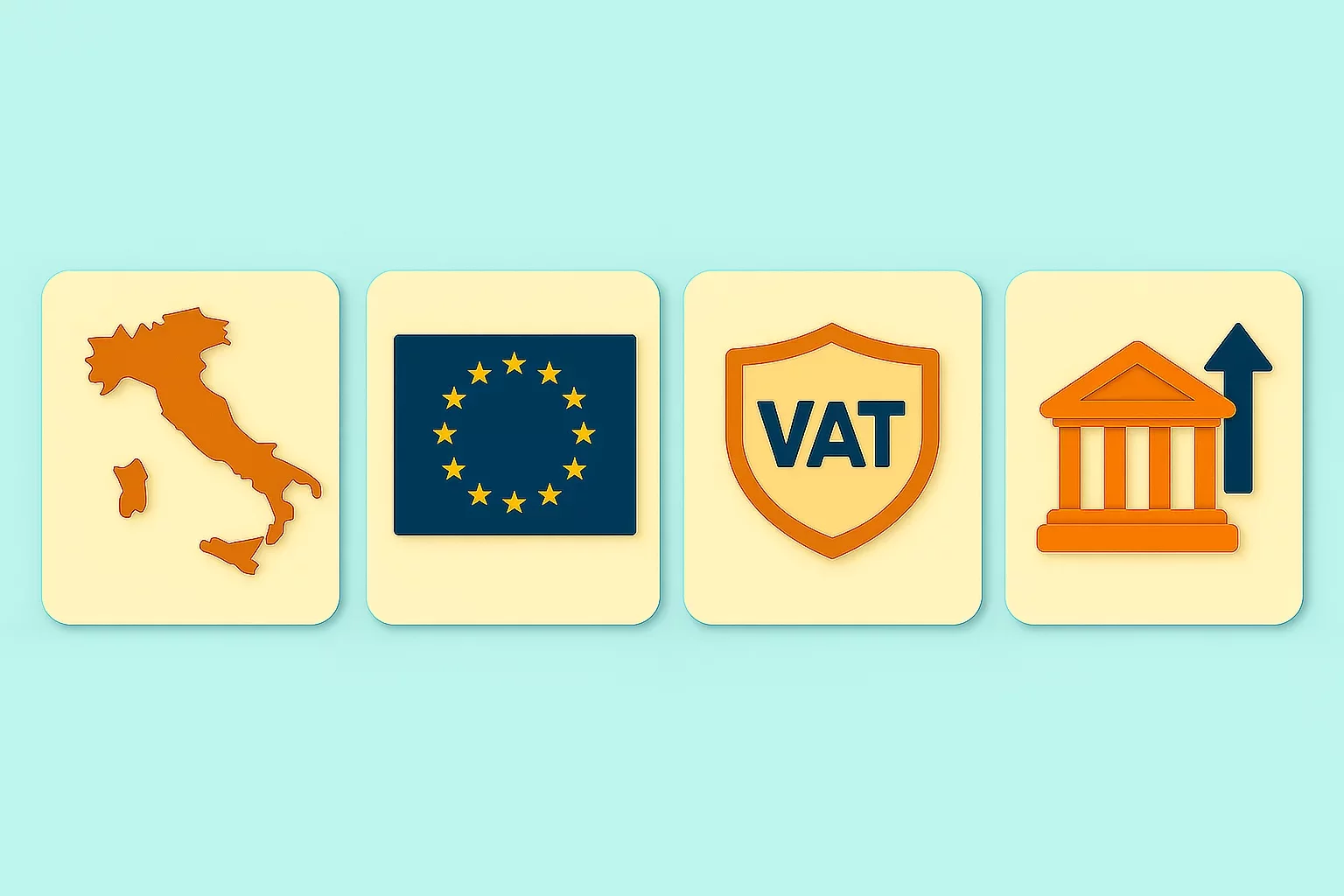
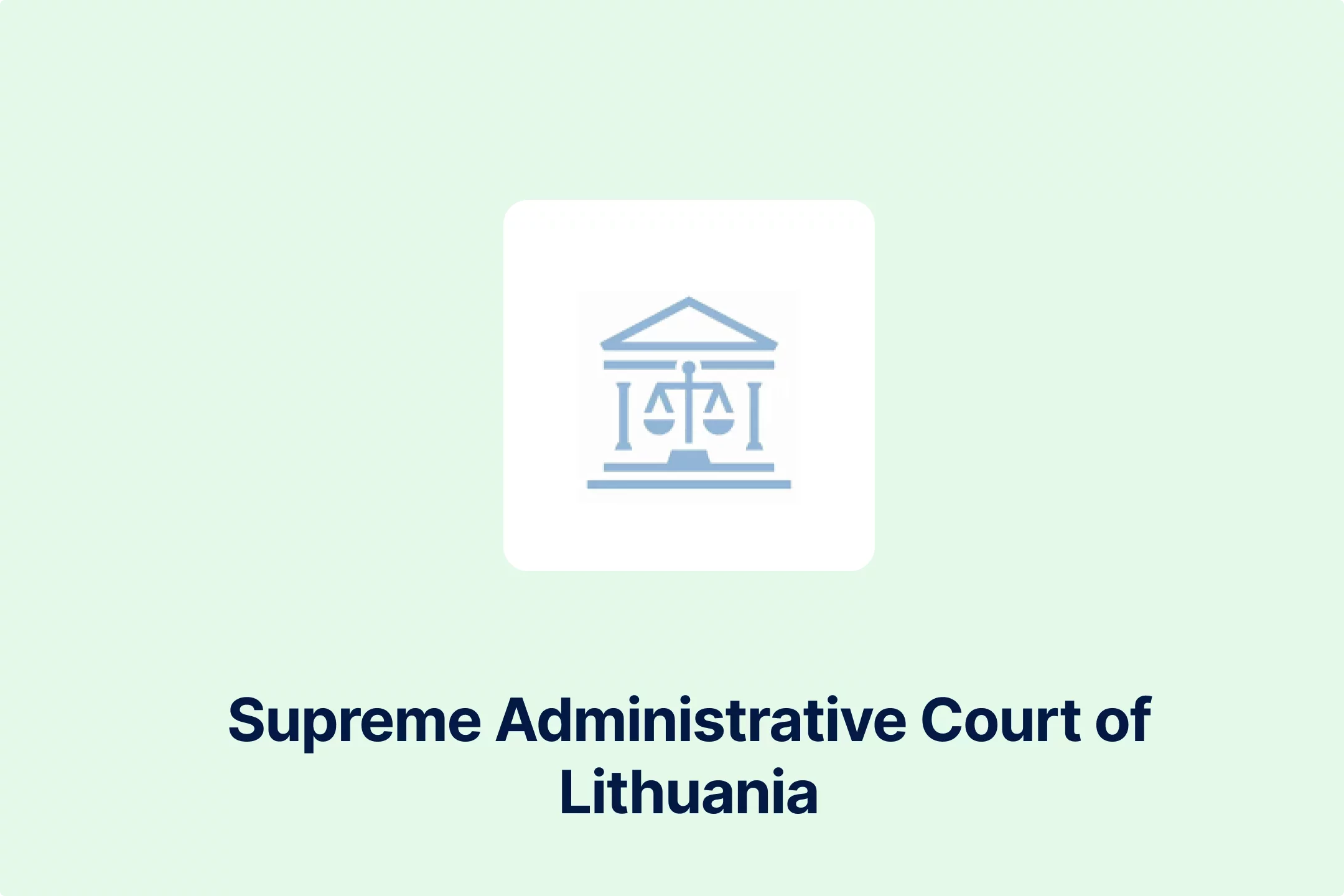

-oa1ynbm4sn.webp)

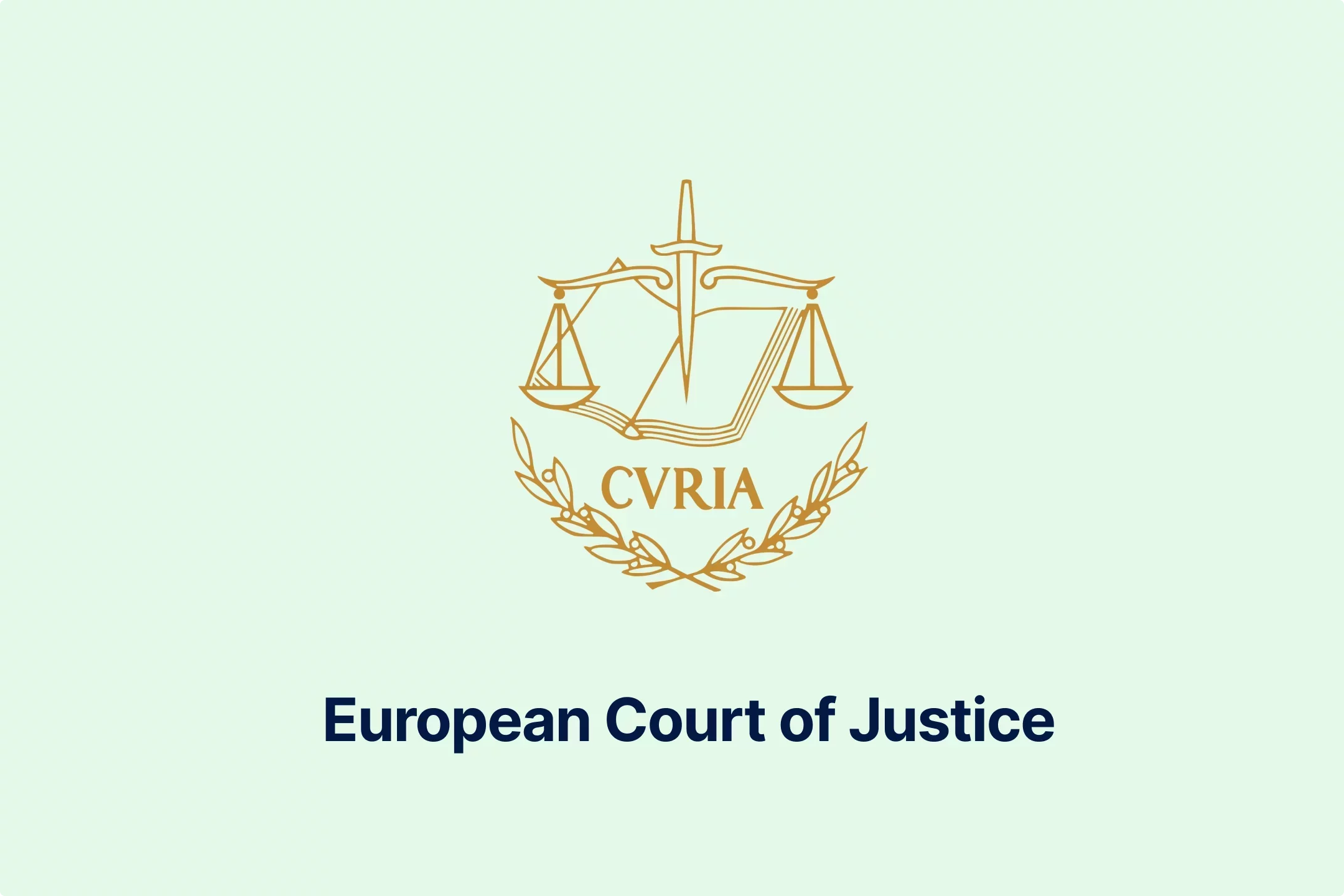
-lltkno6txy.webp)


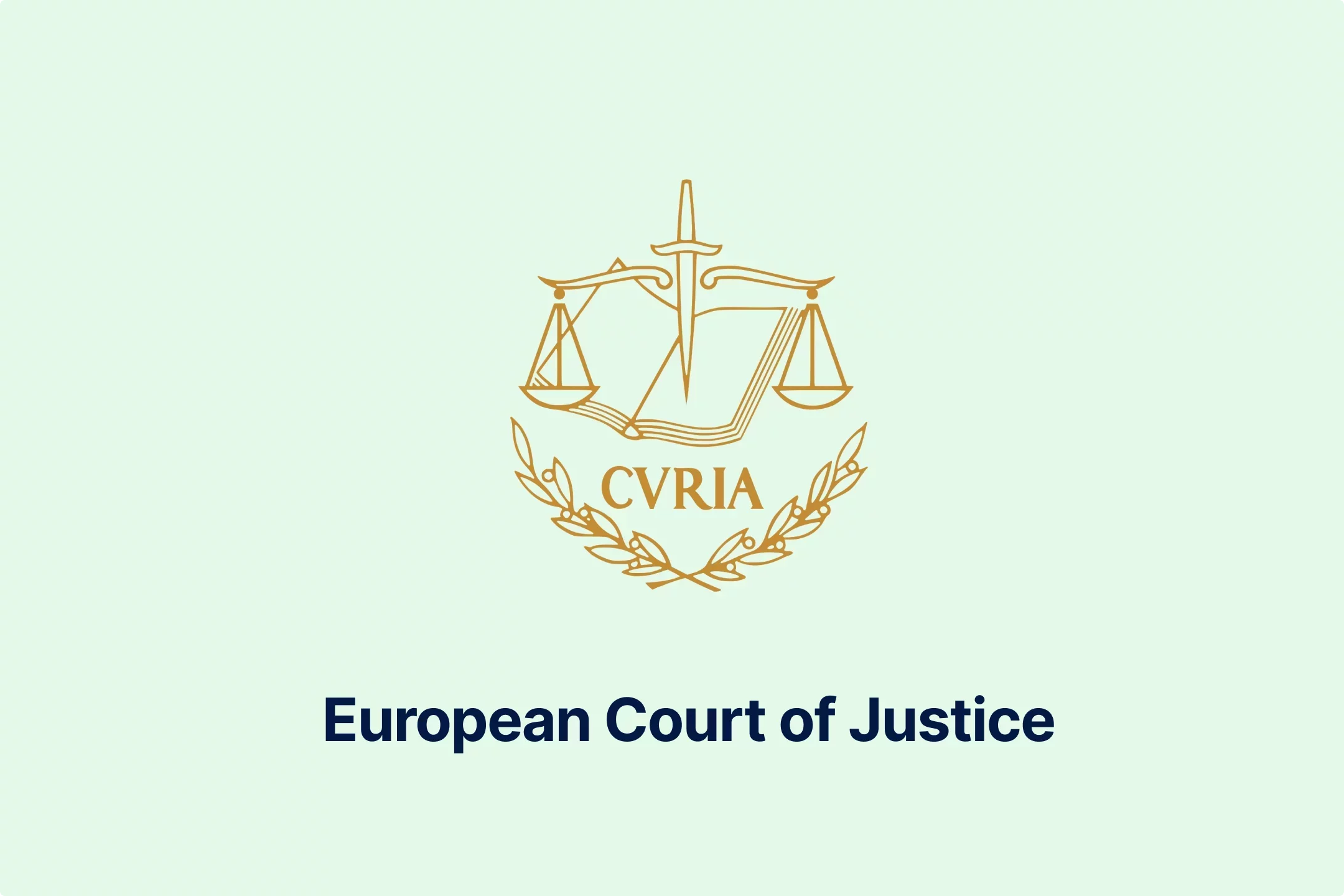
-do38odrqnq.webp)
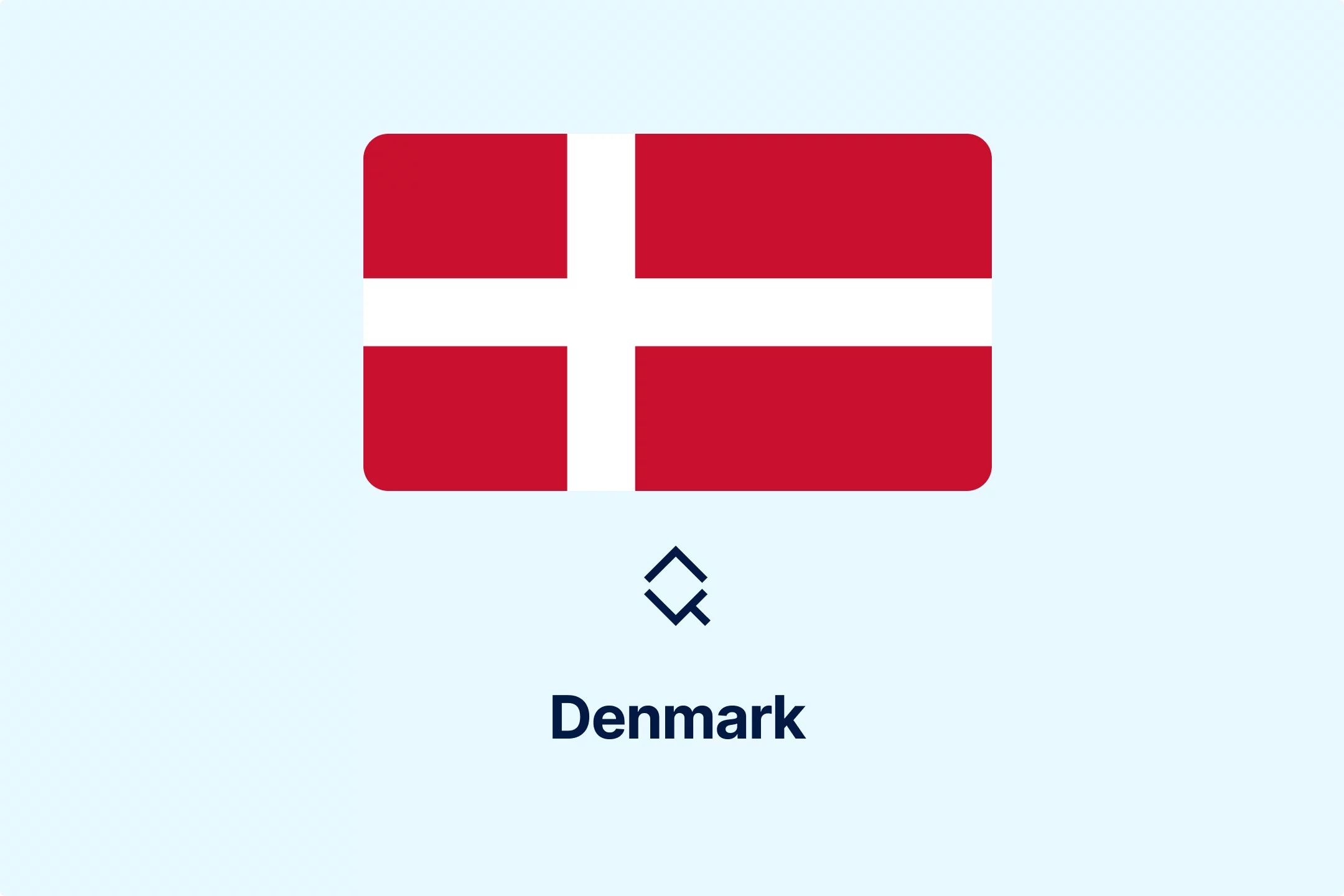
-t409oldqzt.webp)
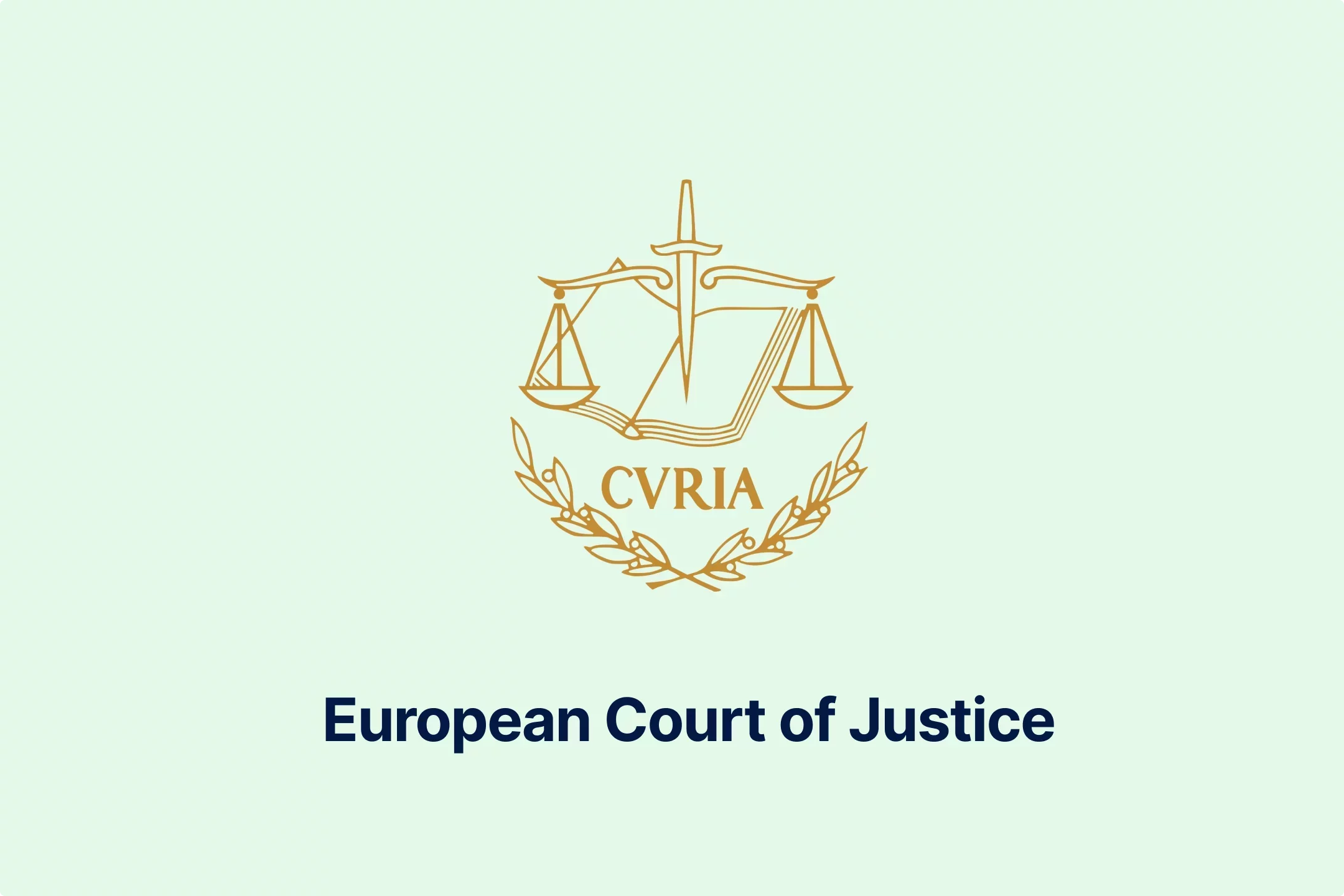
-hordopb6xh.webp)
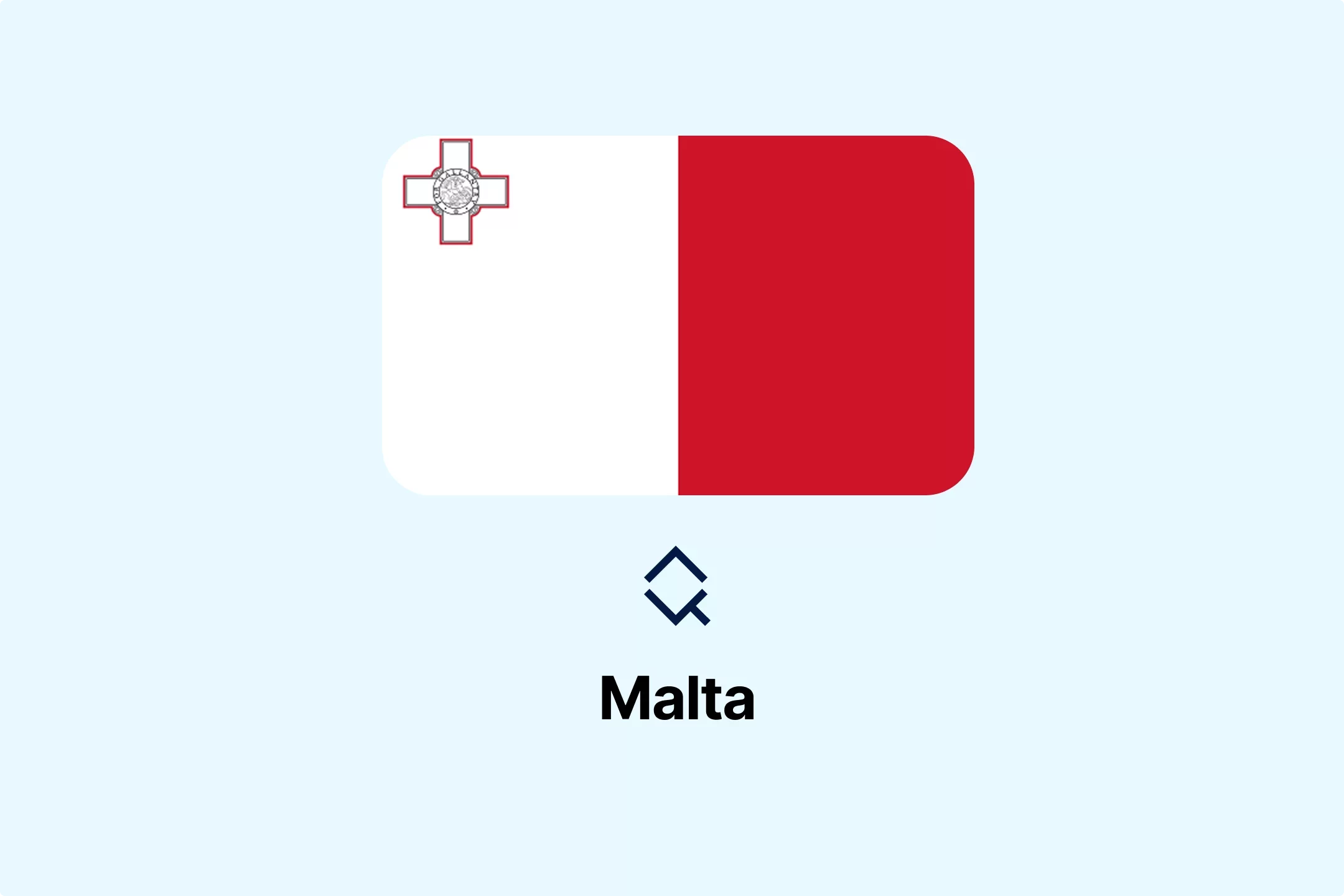
-ooimnrbete.webp)
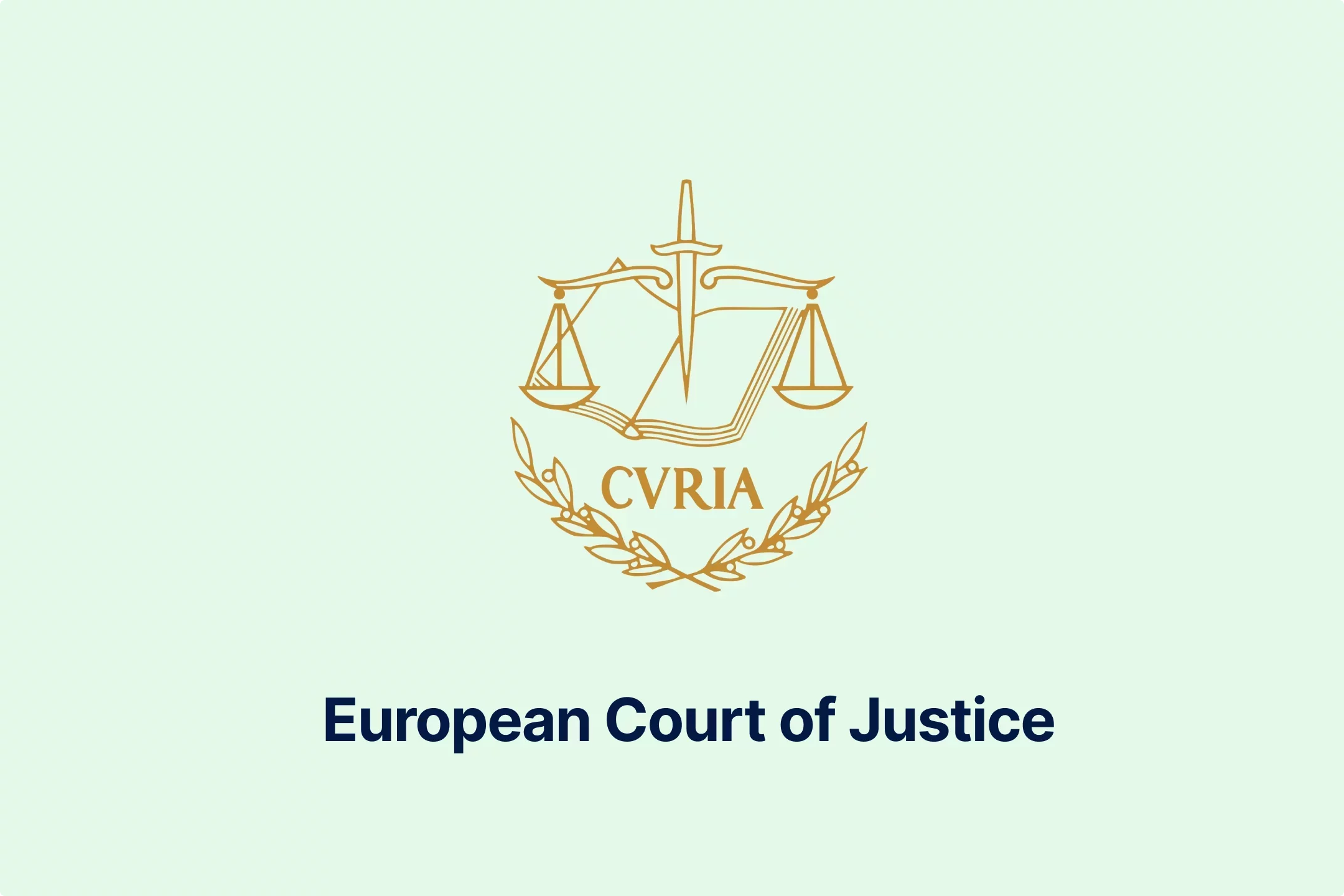
-lwb5qpsily.webp)

-eumafizrhm.webp)

-mtqp3va9gb.webp)
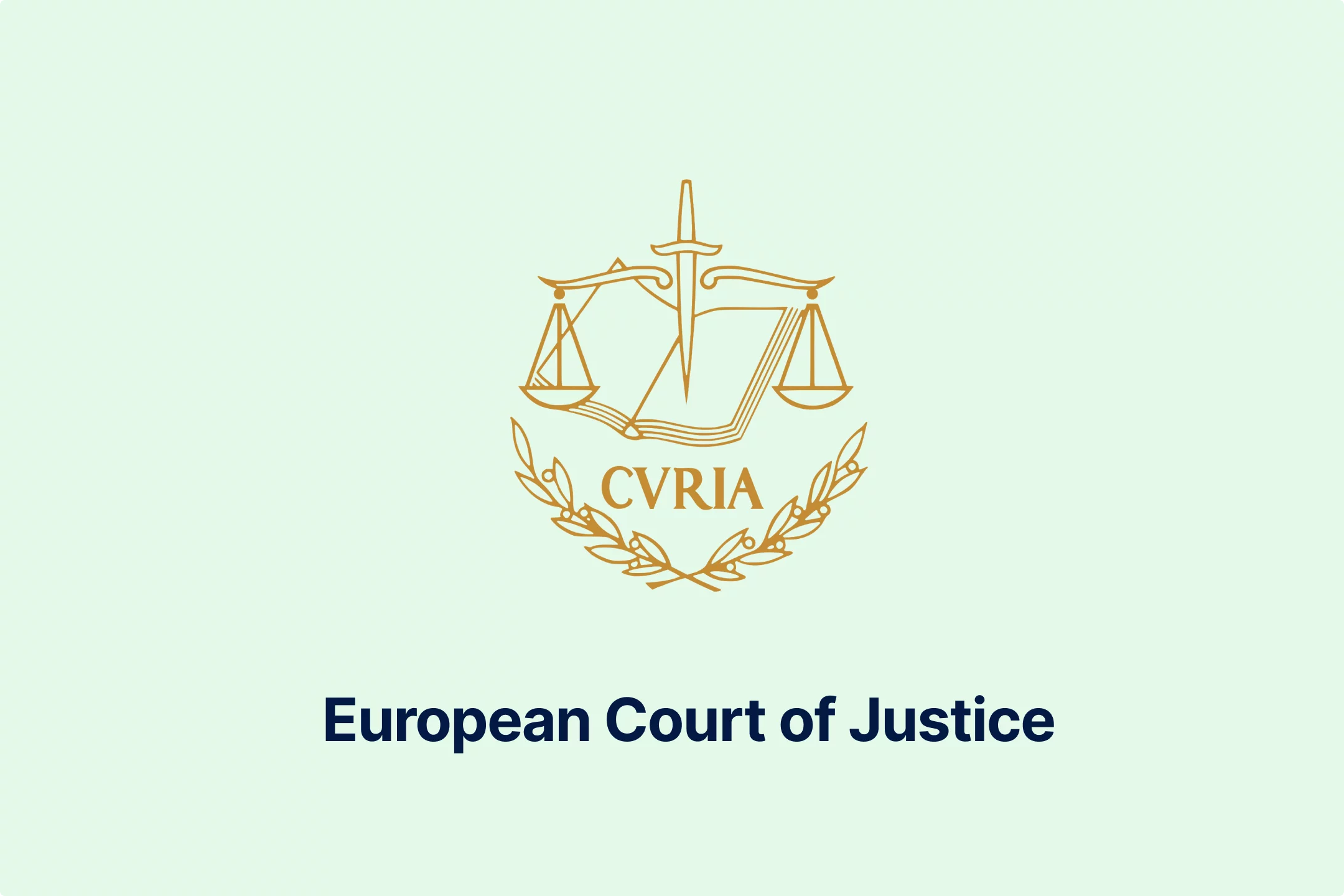
-3ewrn1yvfa.webp)
-591j35flz2.webp)
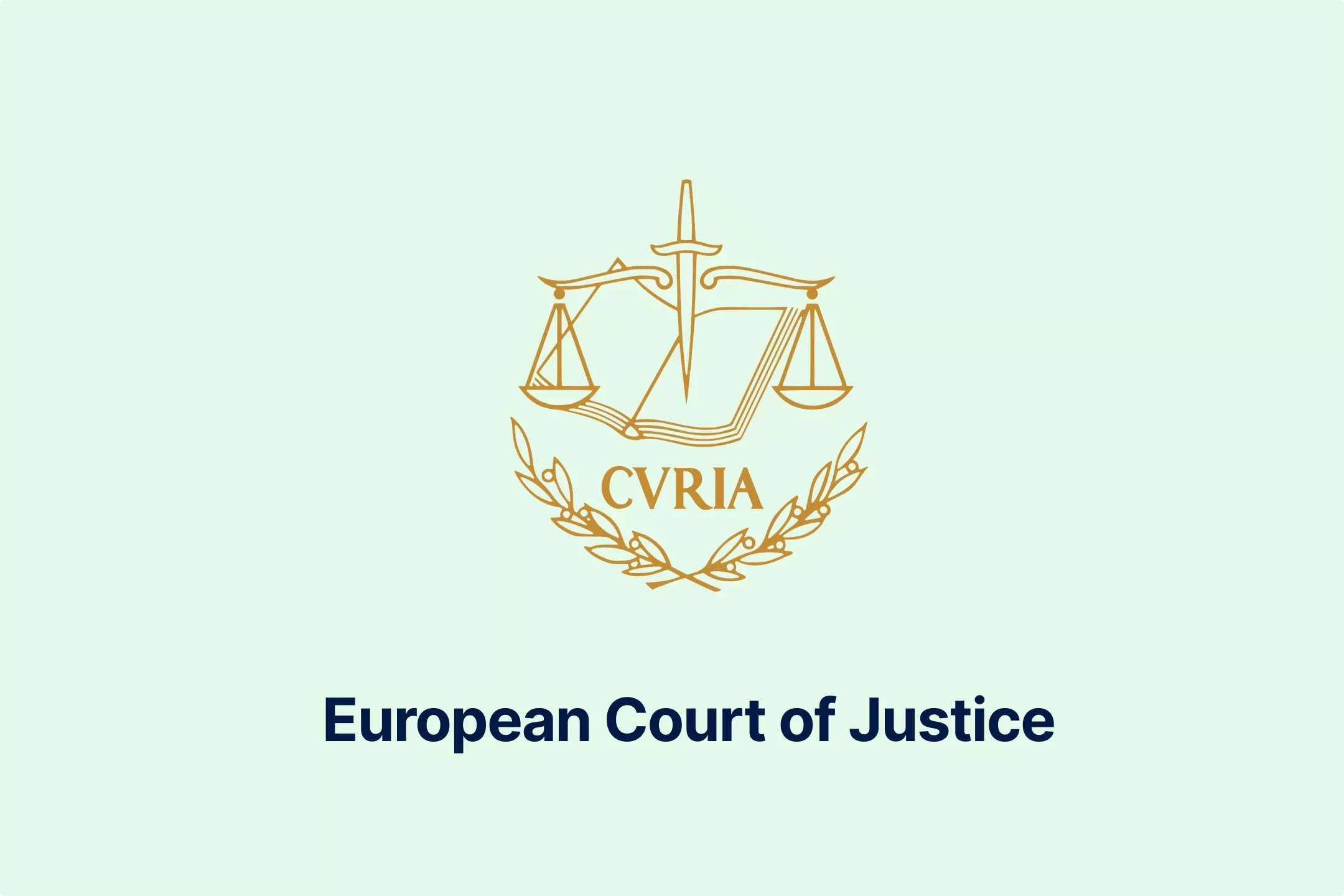
-huj3cam1de.webp)

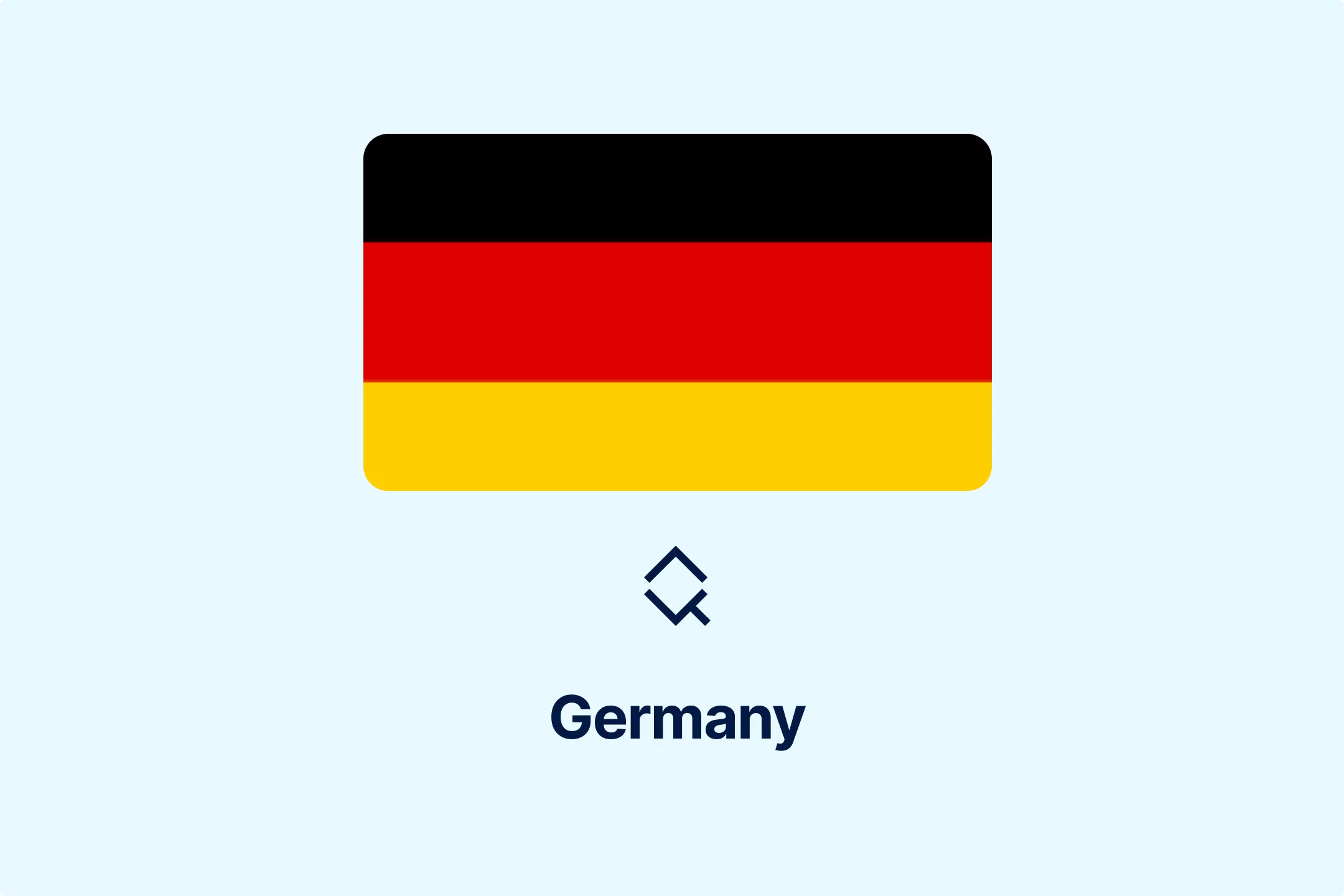
-hafis0ii23.webp)

-qseaw5zmcy.webp)
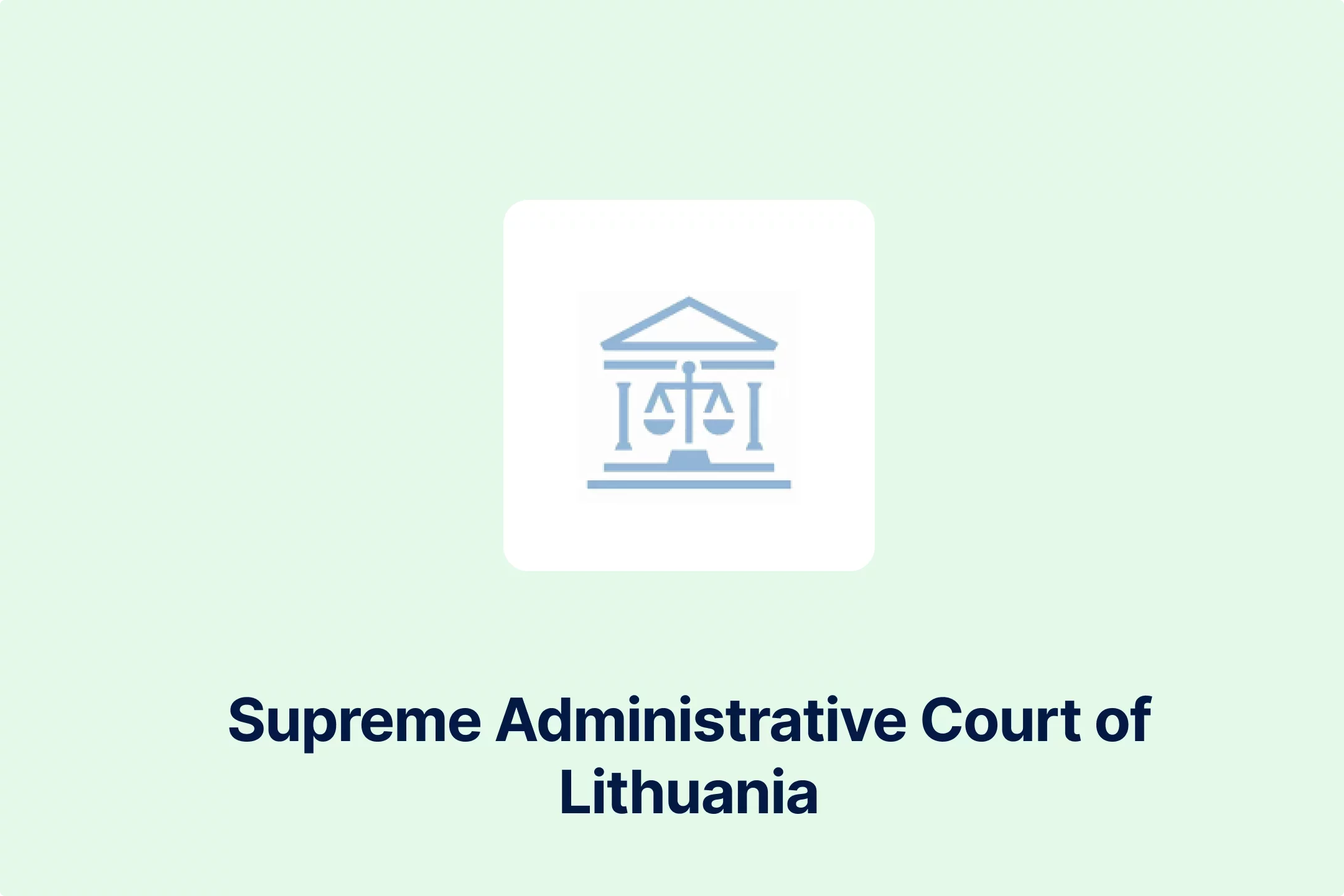

-qzsah2ifqx.webp)
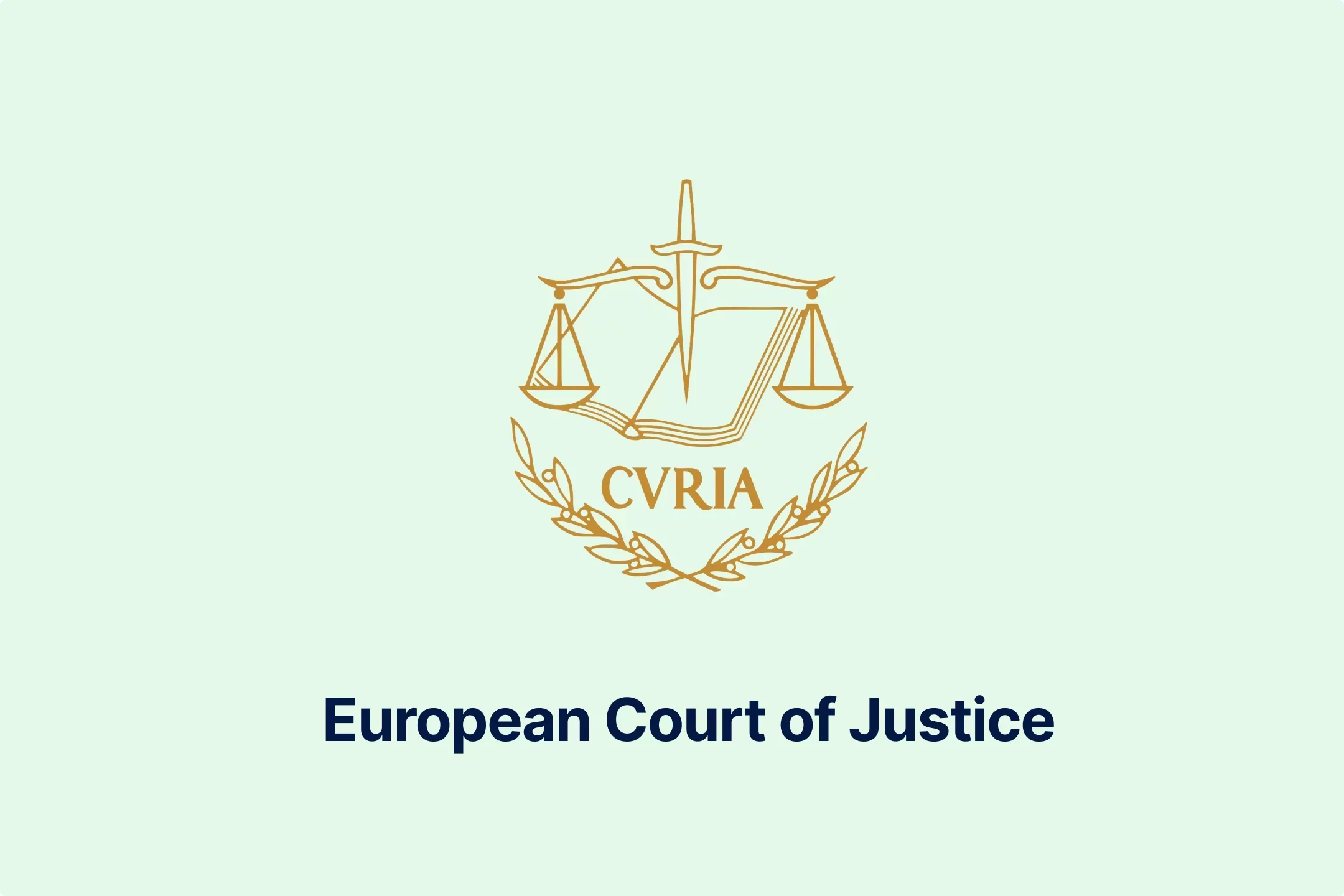

-69rzooghib.webp)
-wrvng98m0g.webp)
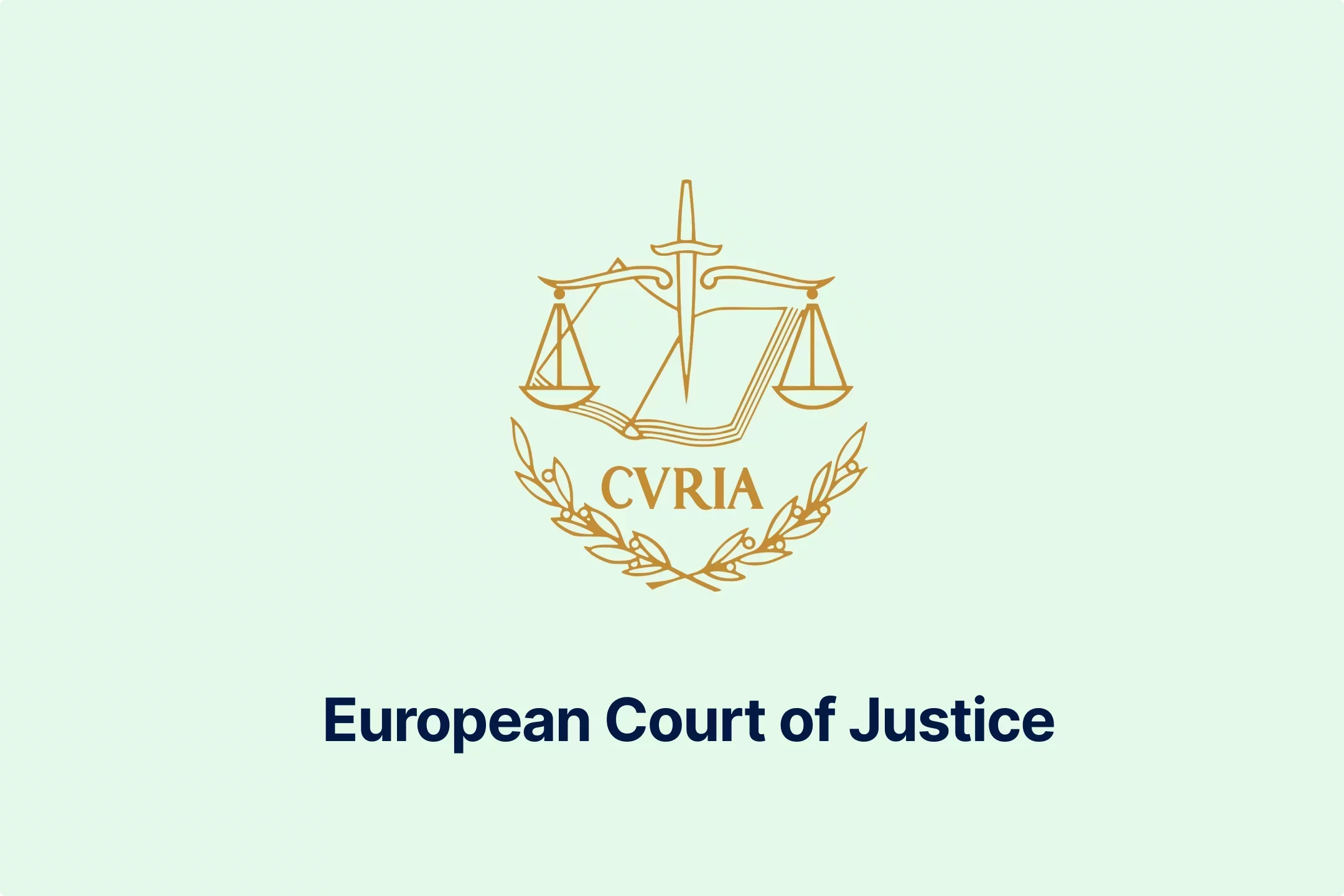
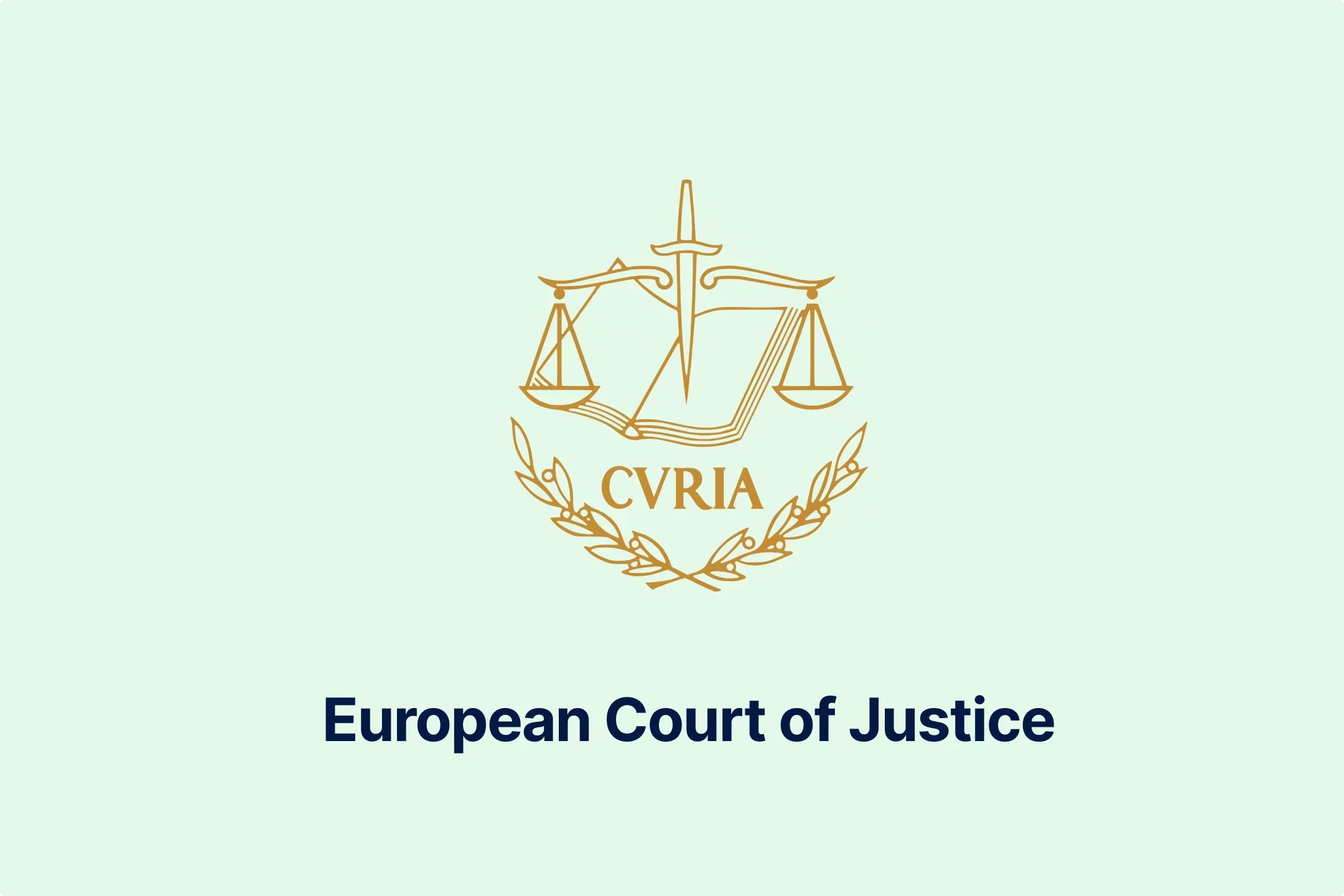
-psucycuxh2.webp)
-klyo8bn5lc.webp)
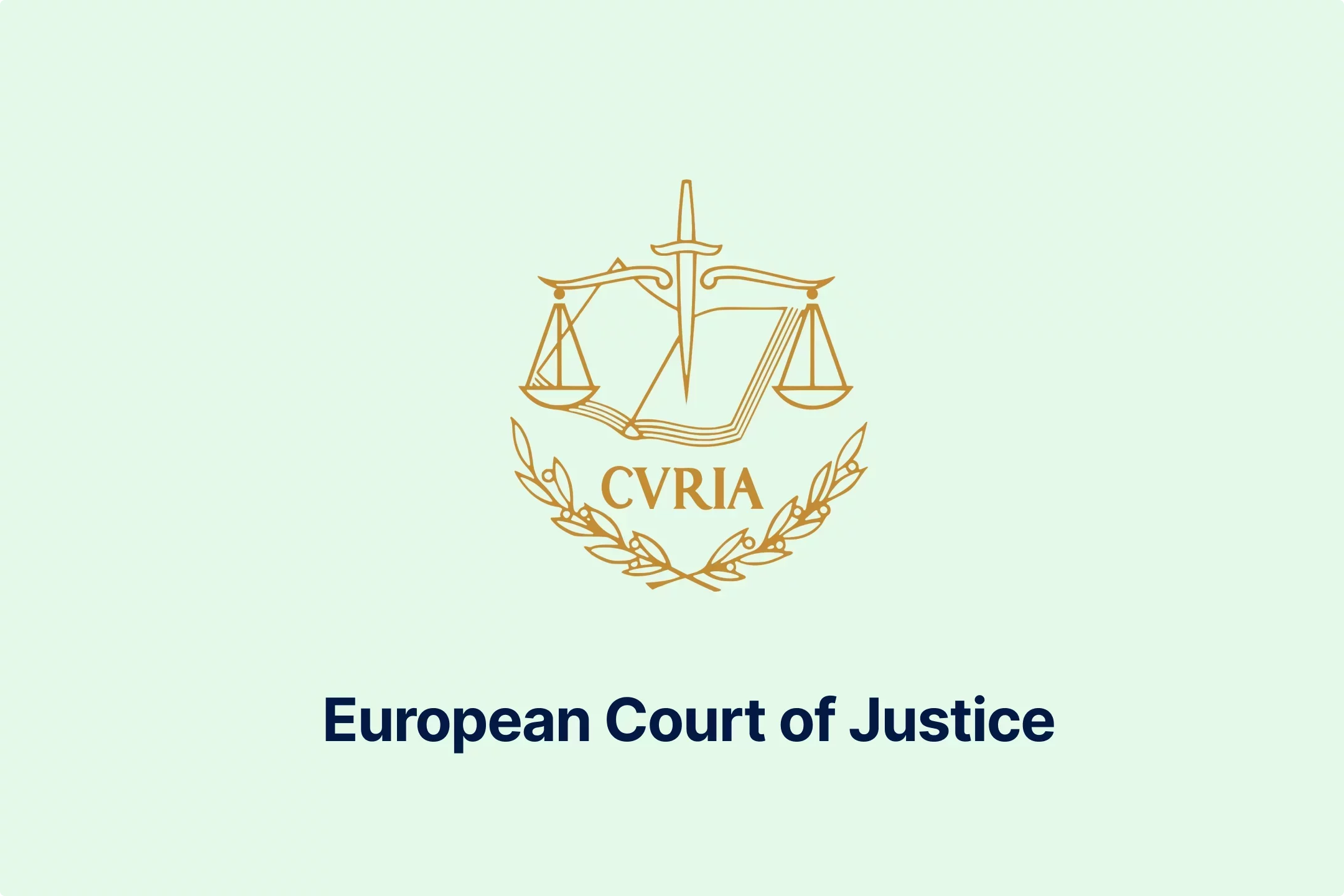
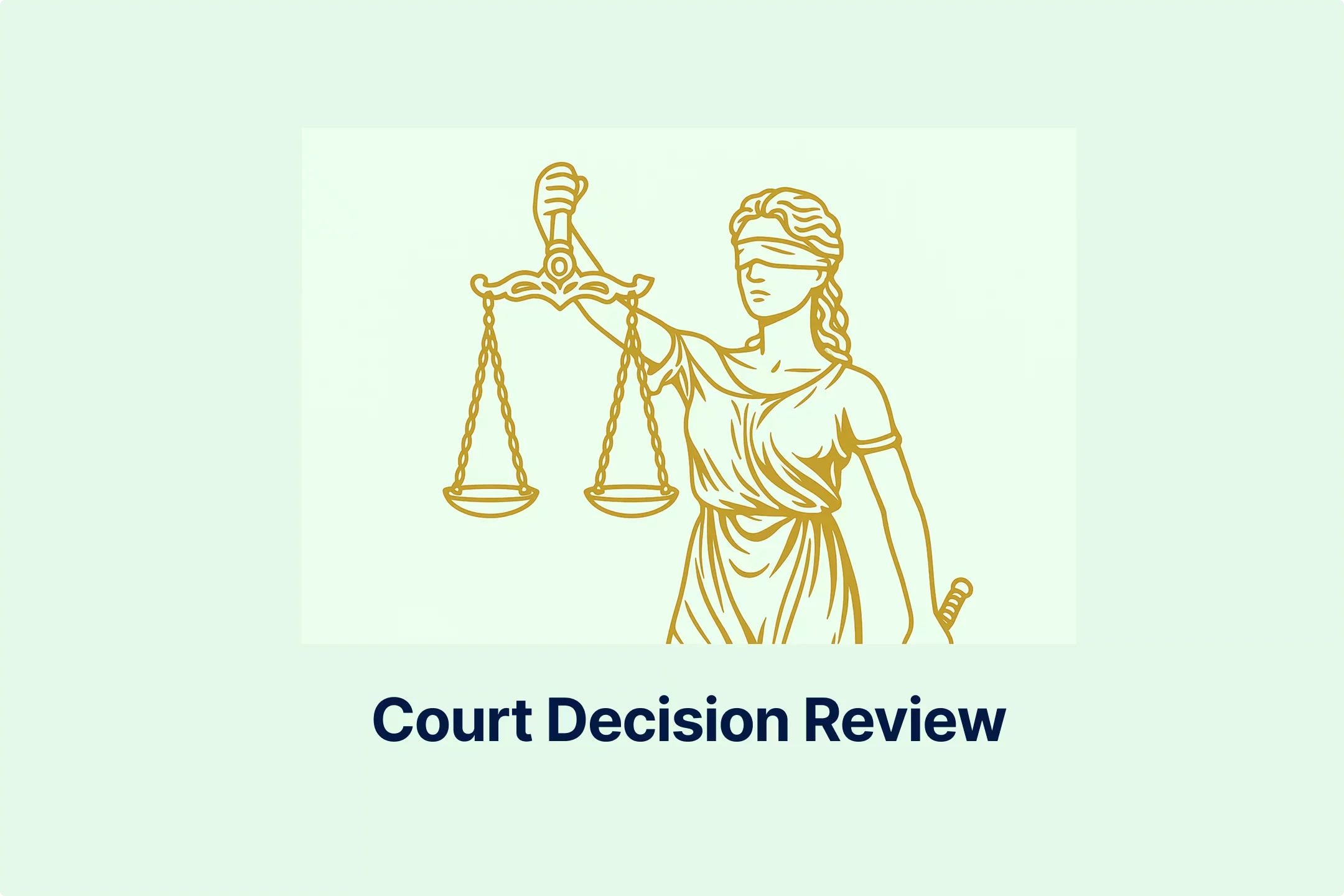

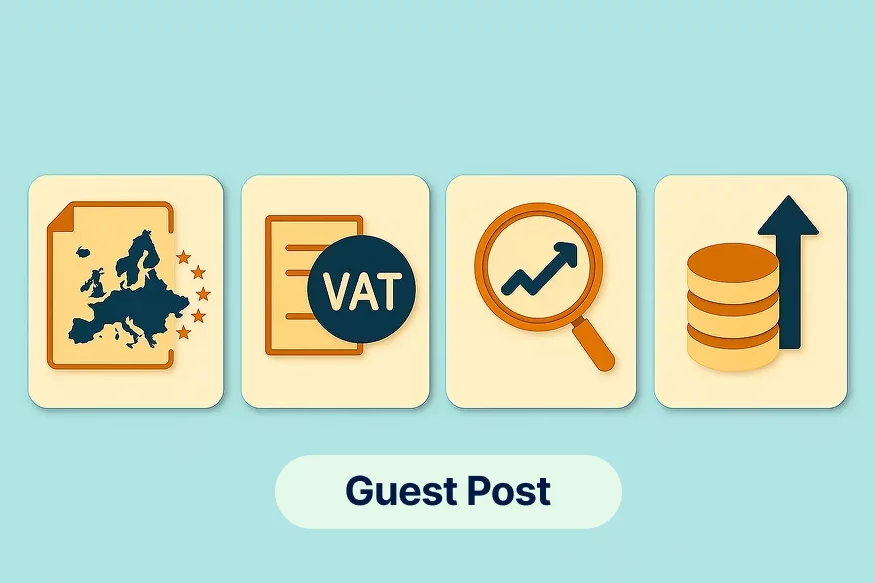
-6wv5h5eyyd.webp)
-tfgg78rbid.webp)
-a6jpv9ny8v.webp)
-qhdbapy0qr.webp)
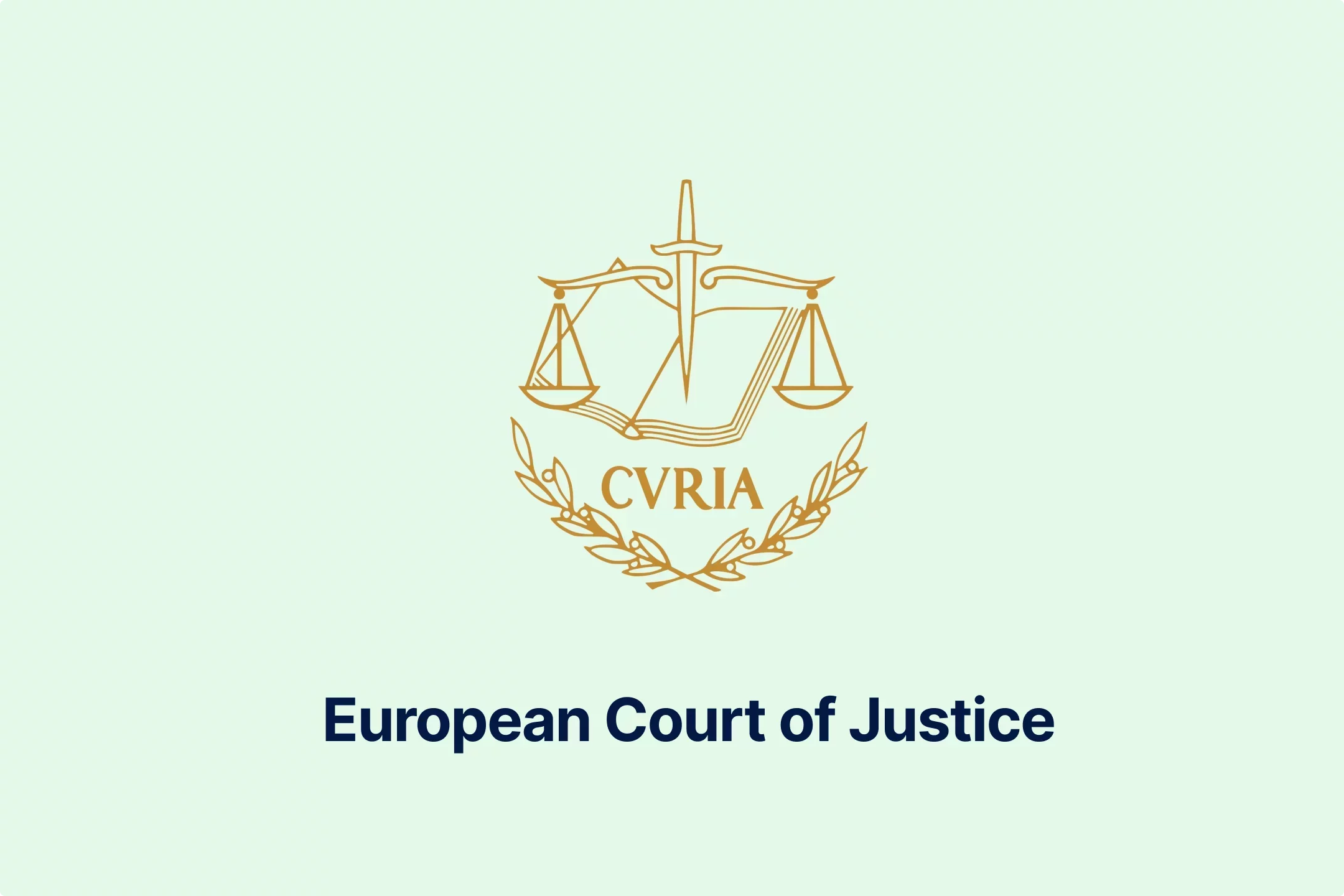
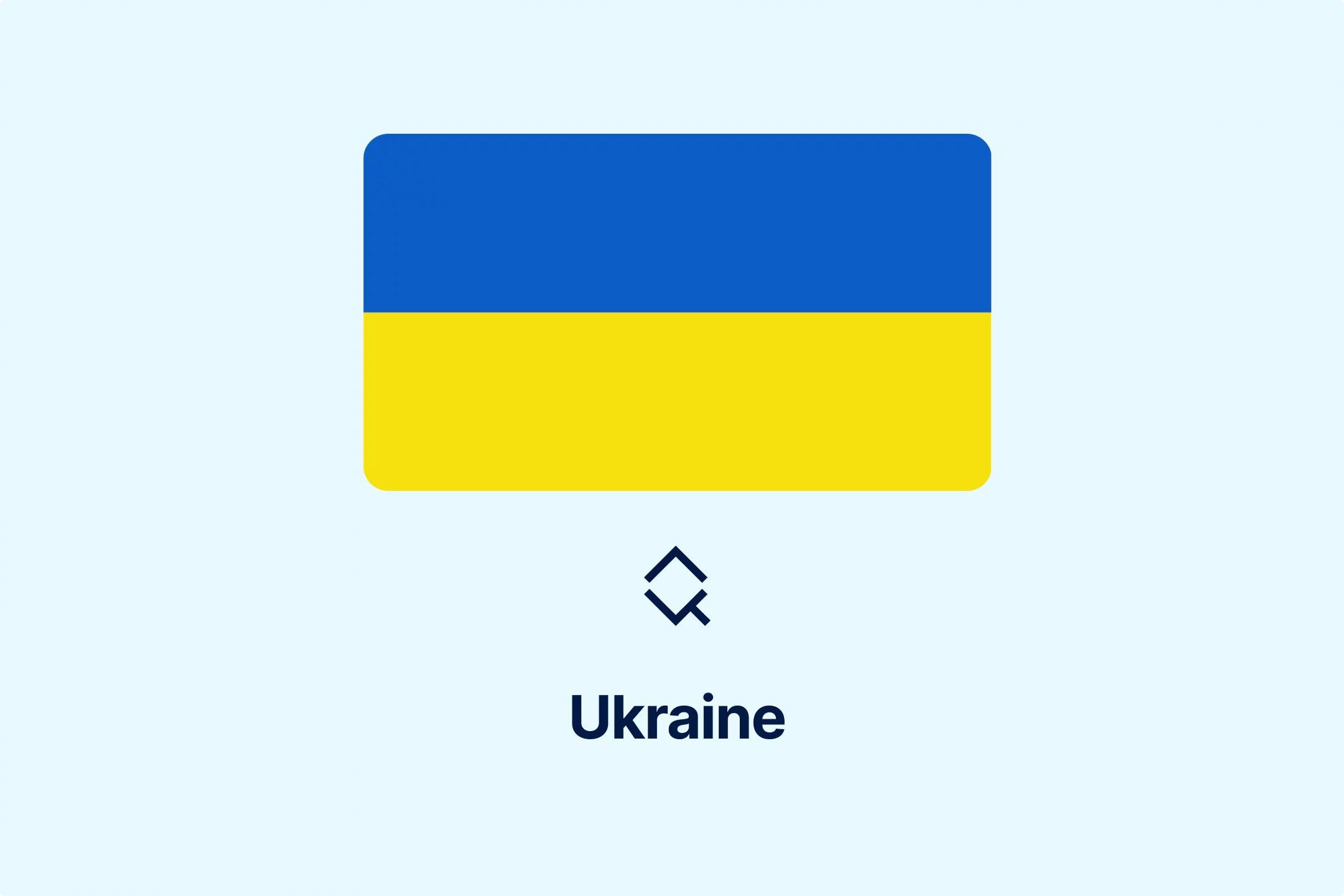
-owvu7zoc13.webp)
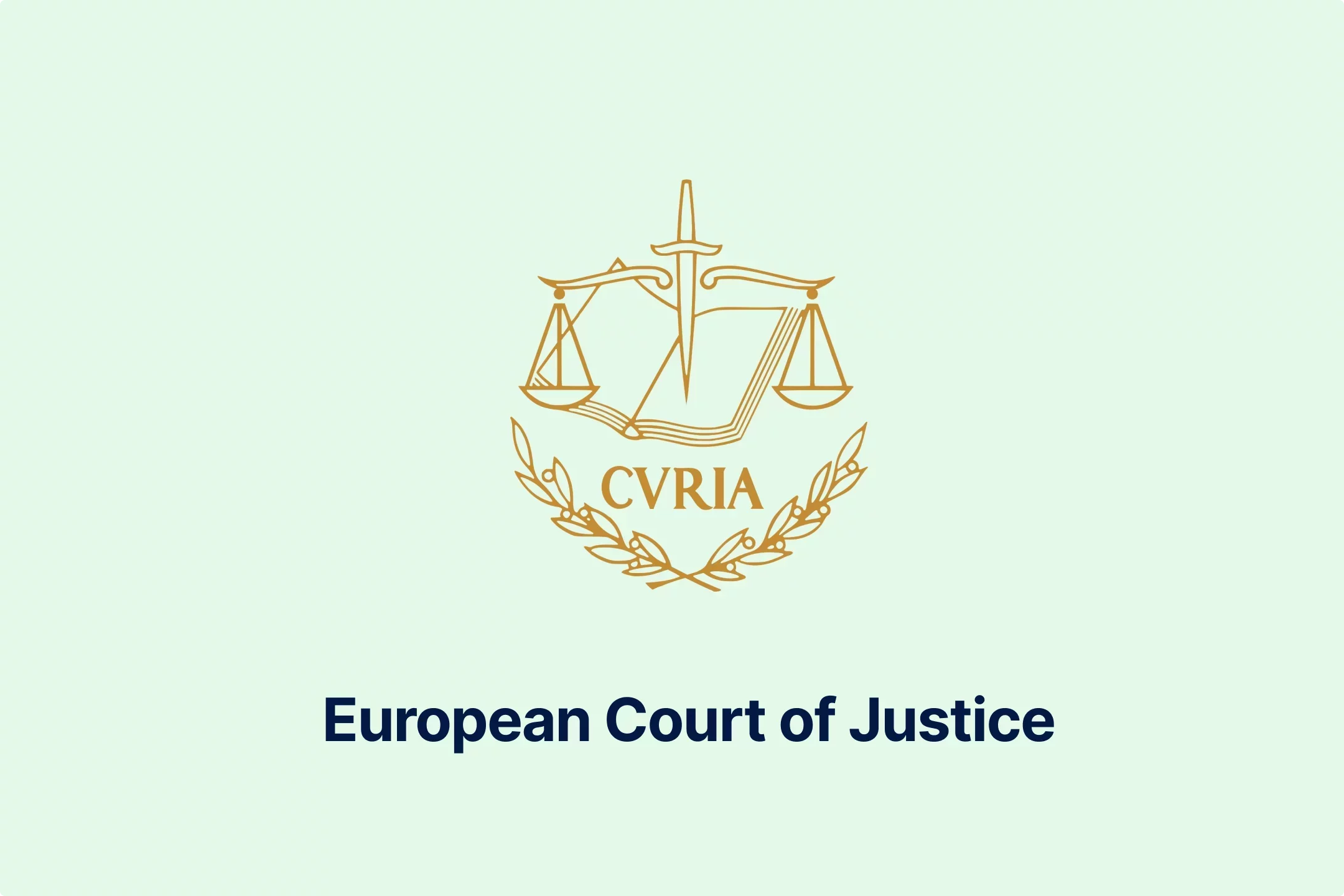

-h28jrh1ukm.webp)
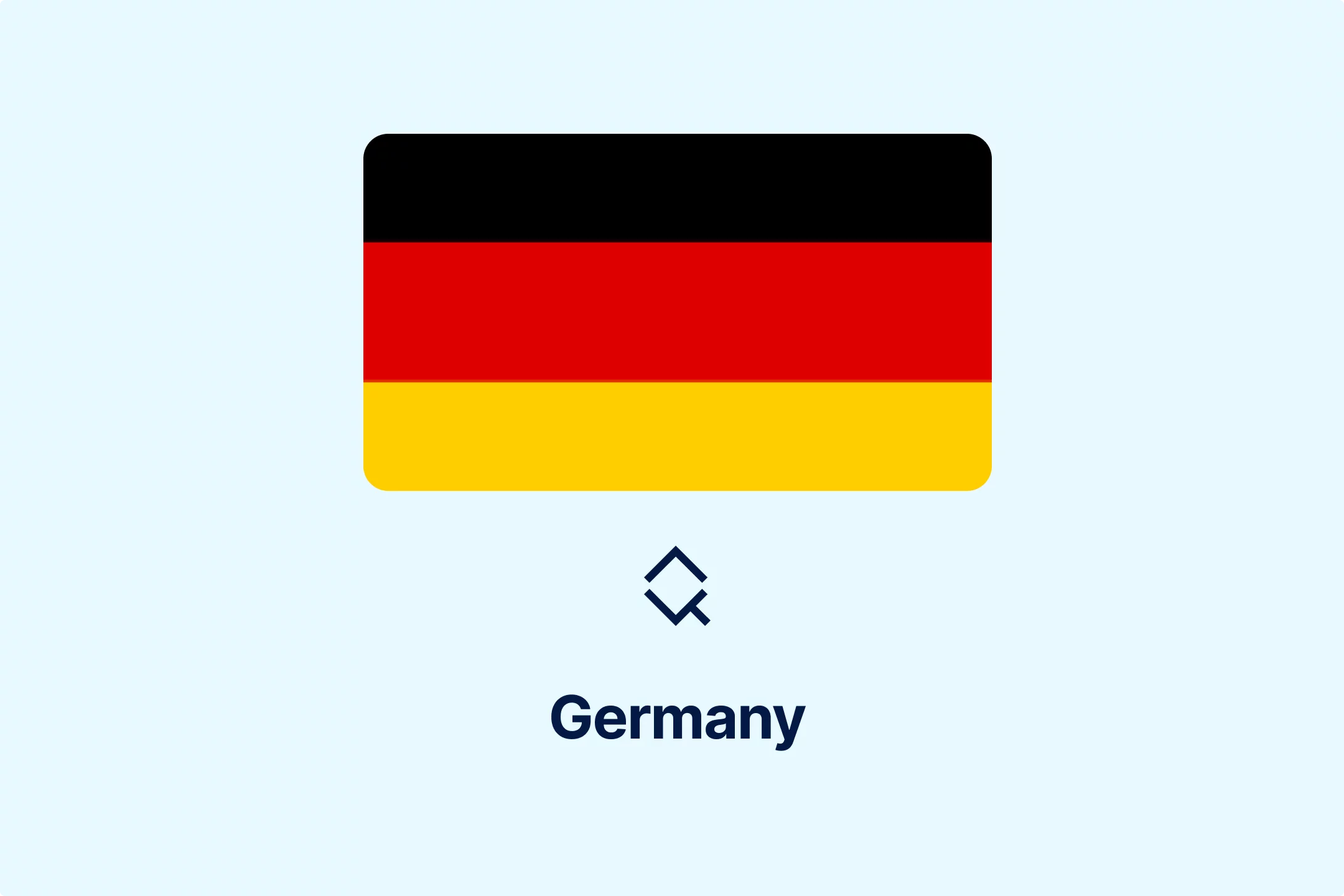
-wl9bl1rw3a.webp)
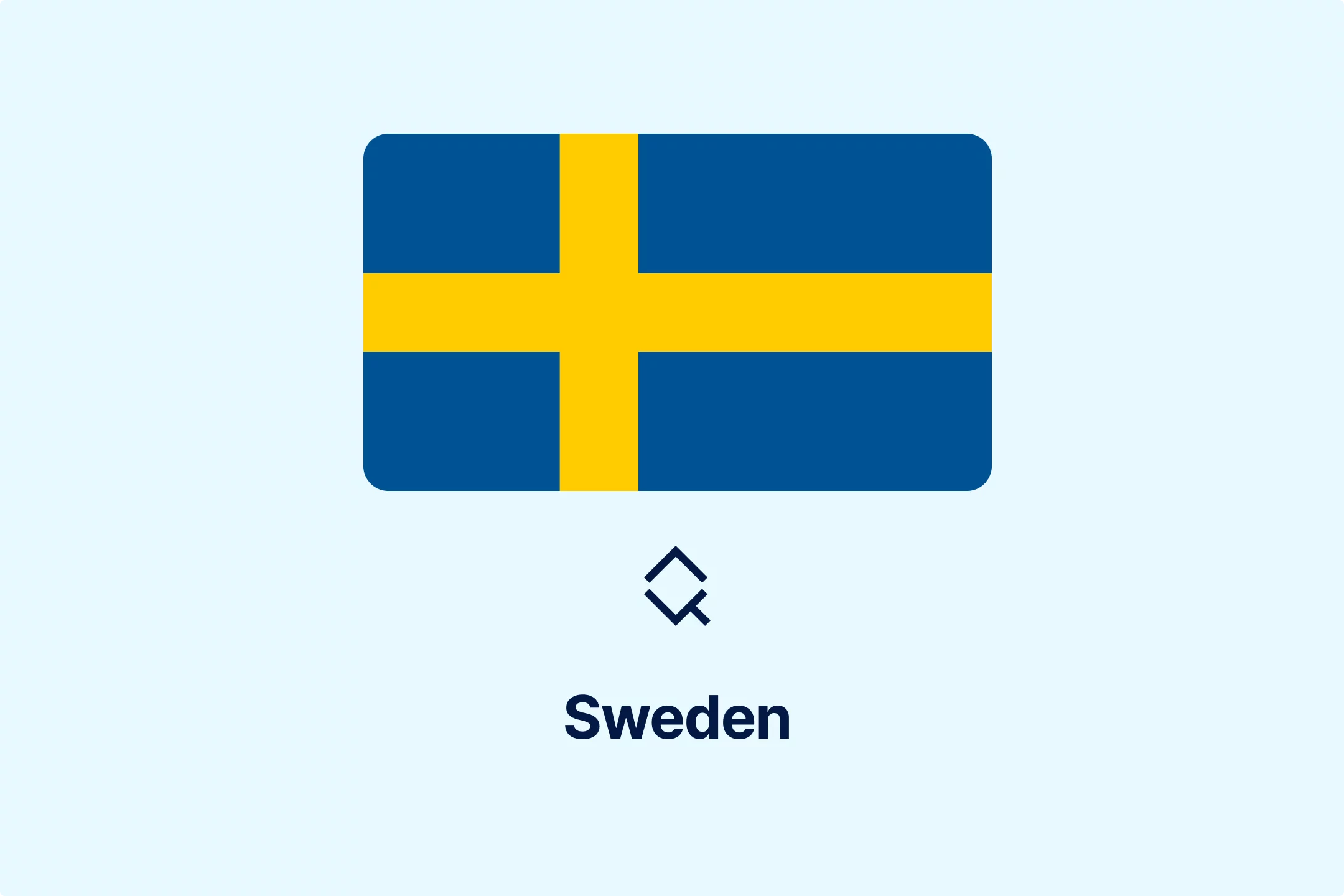
-2w76jtvtuk.webp)

-c0uvrmrq9j.webp)

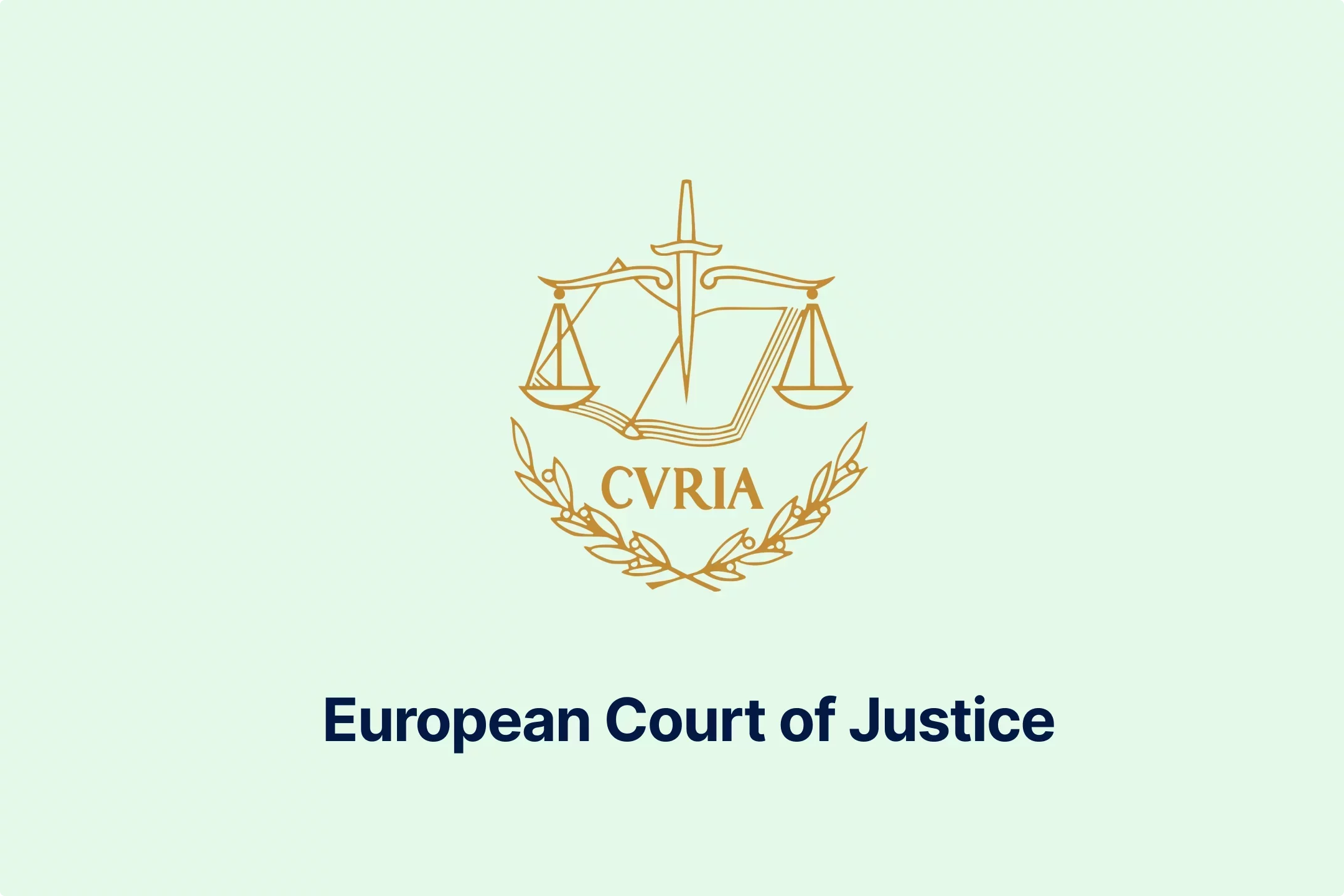

-pofe7ucwz3.webp)
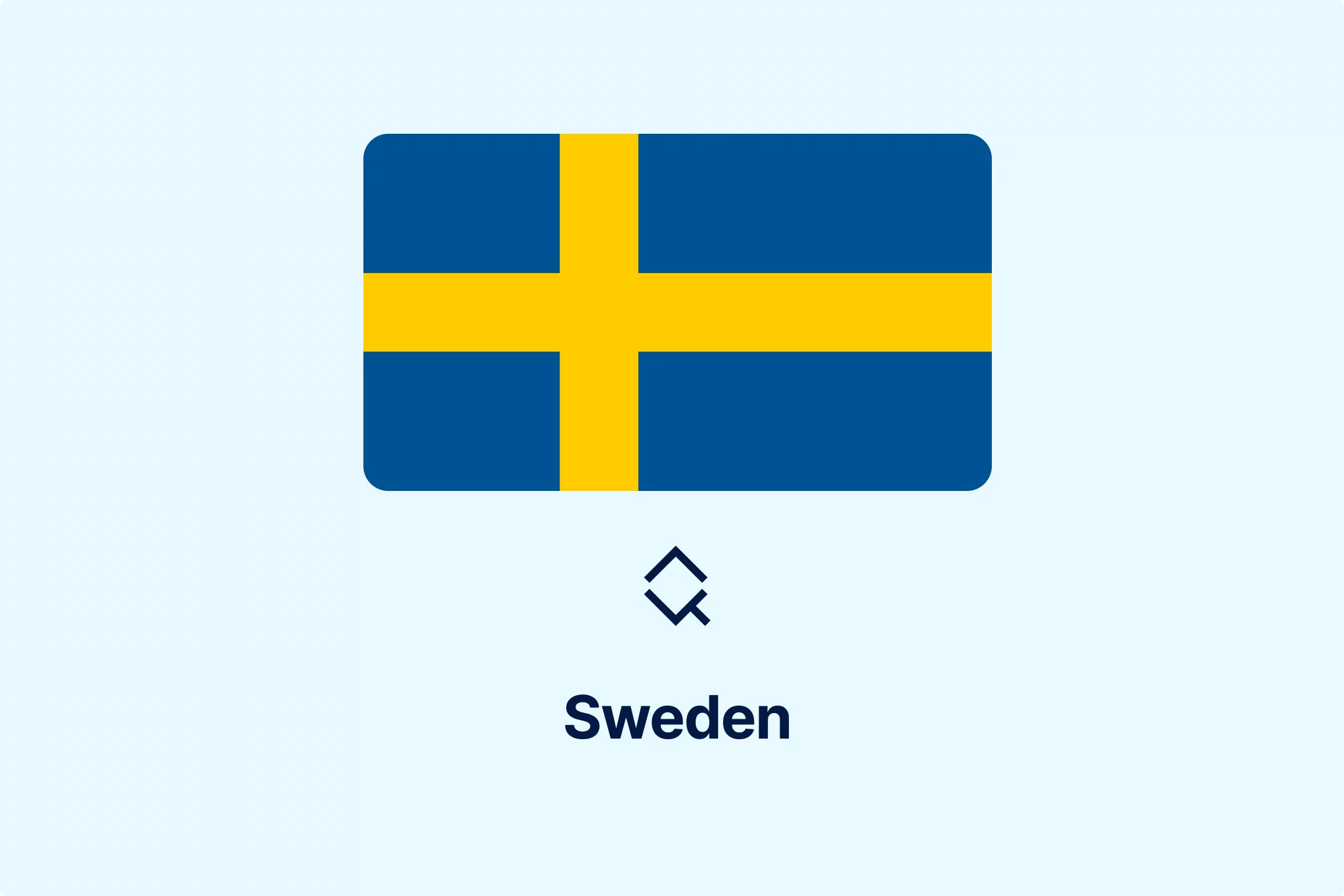

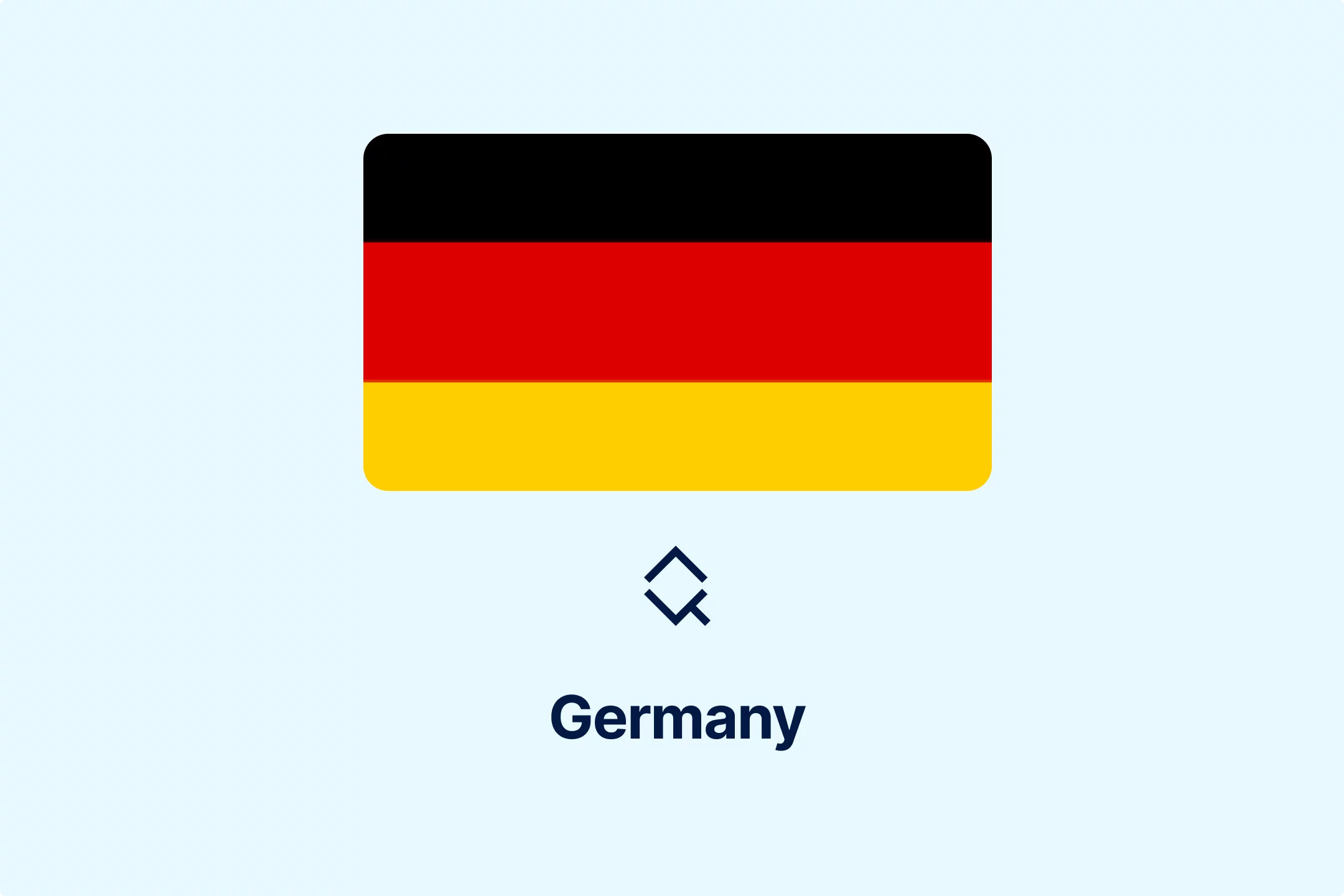
-5cc23ezxyf.webp)
-rrmabbekeb.webp)
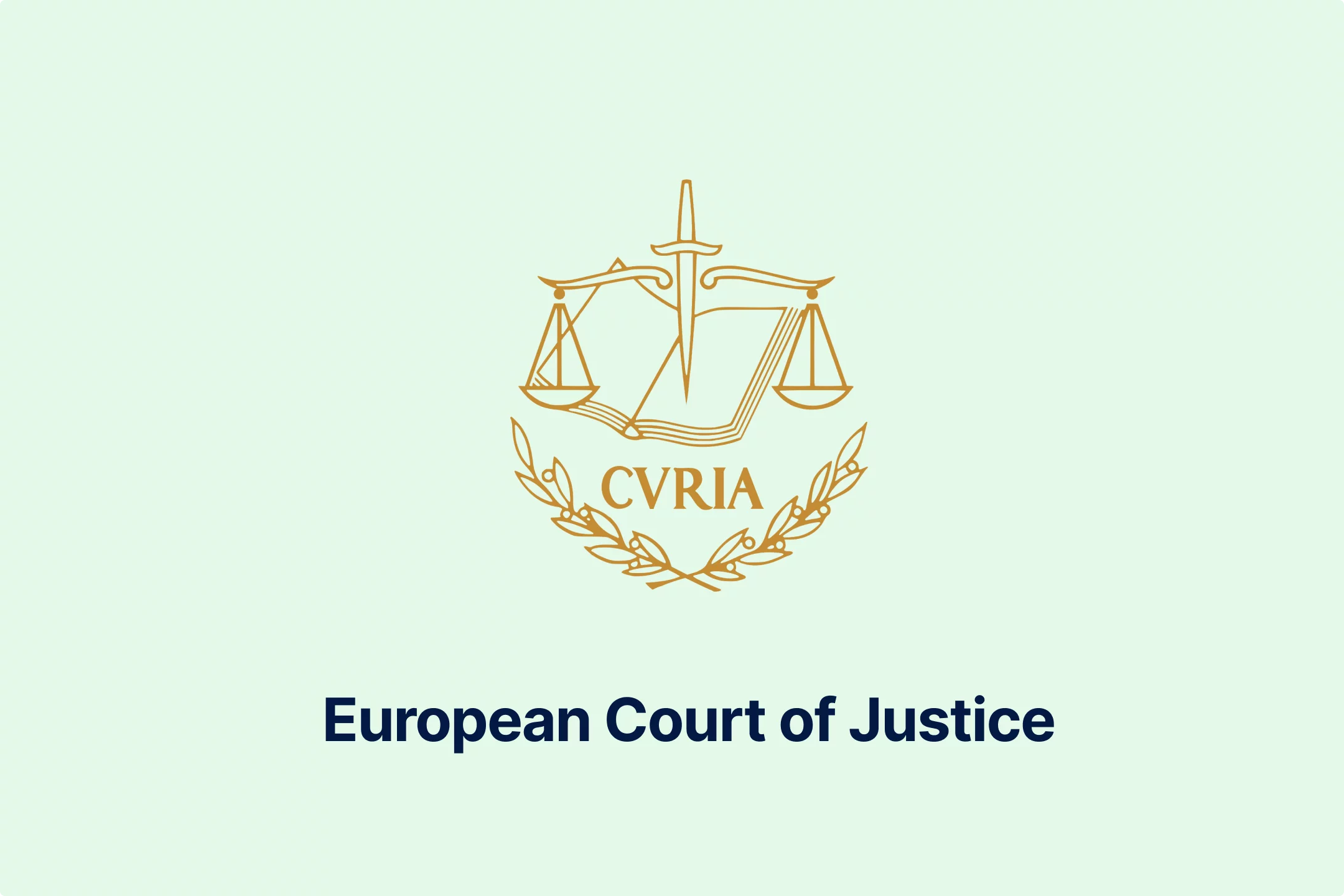
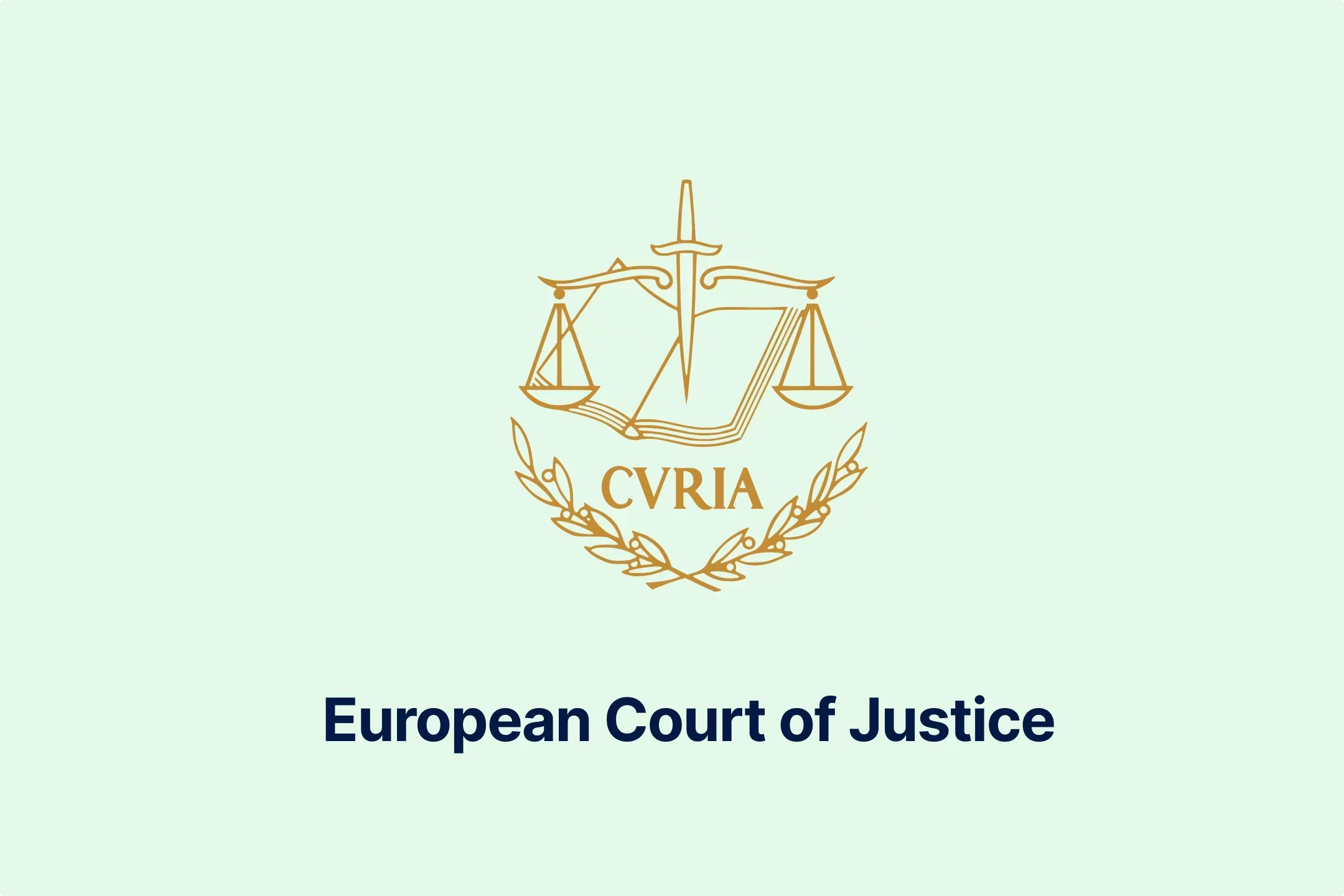
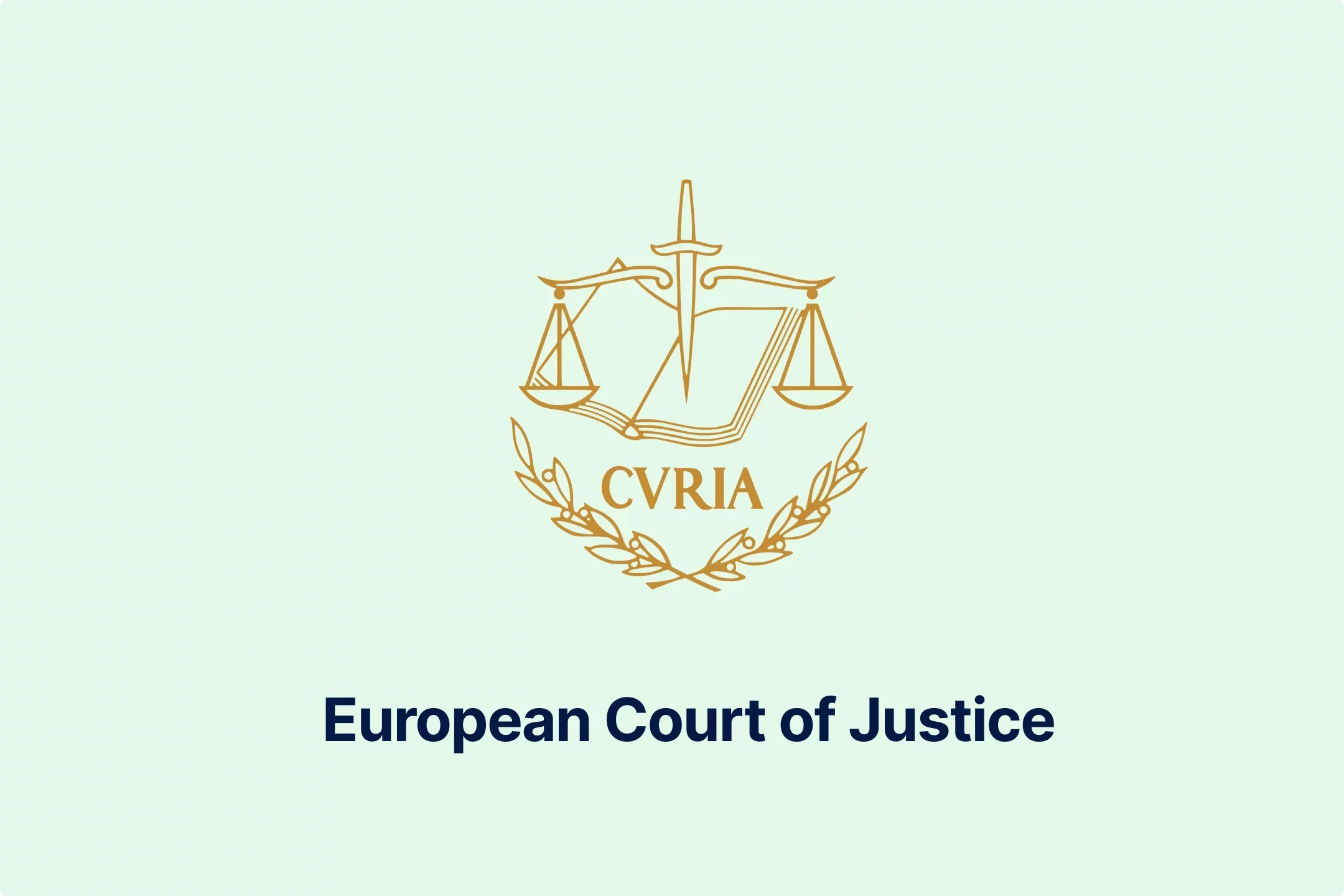
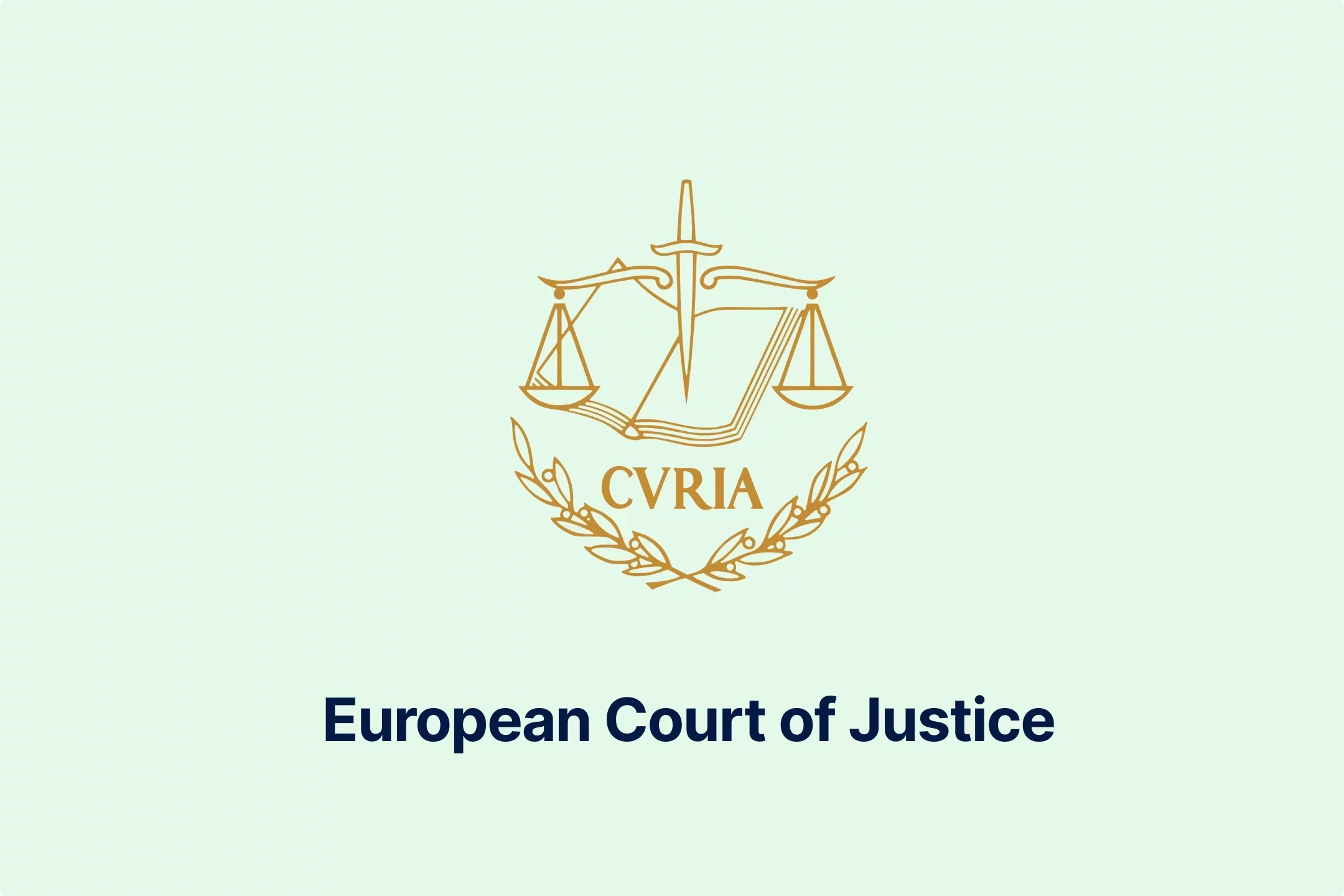
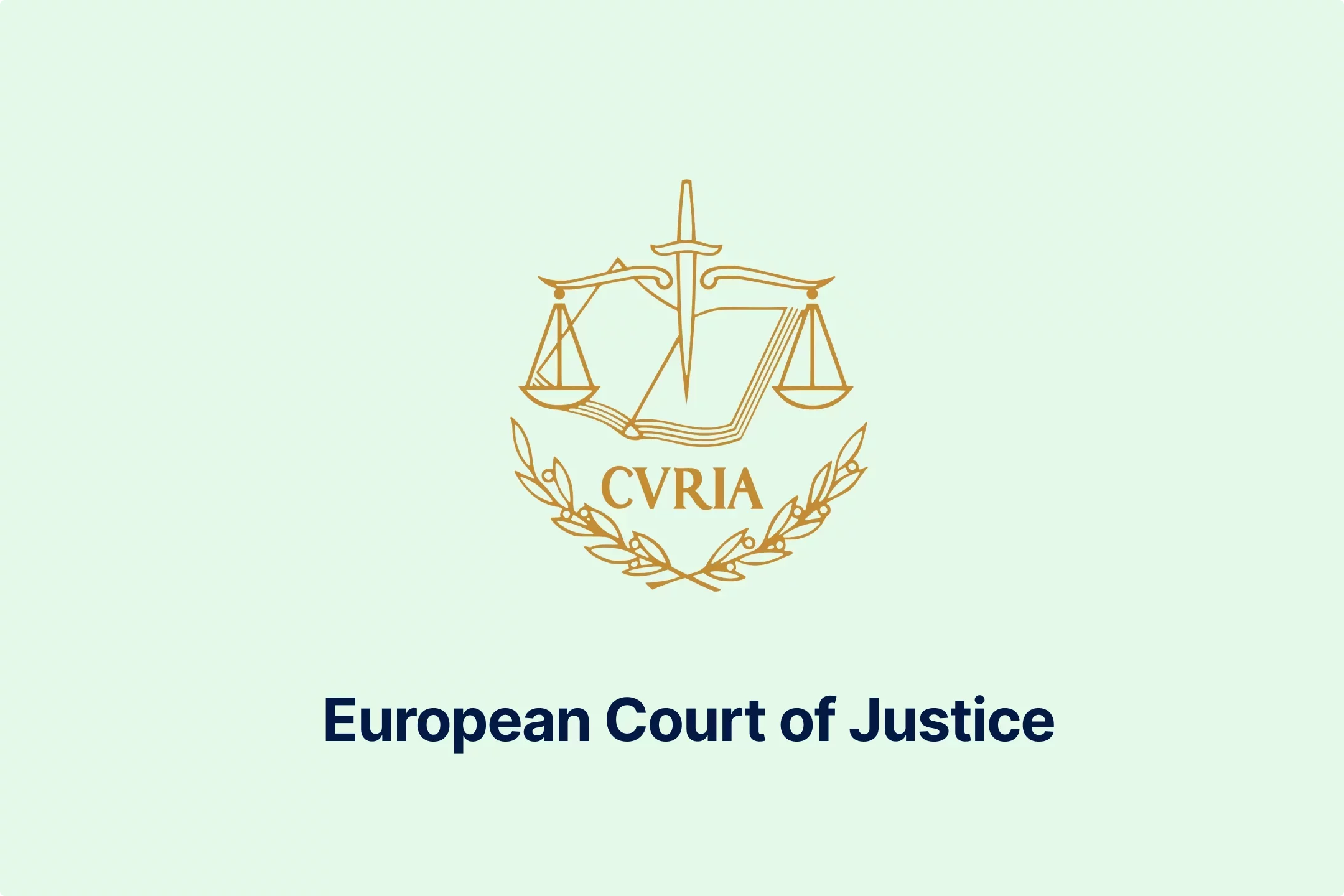
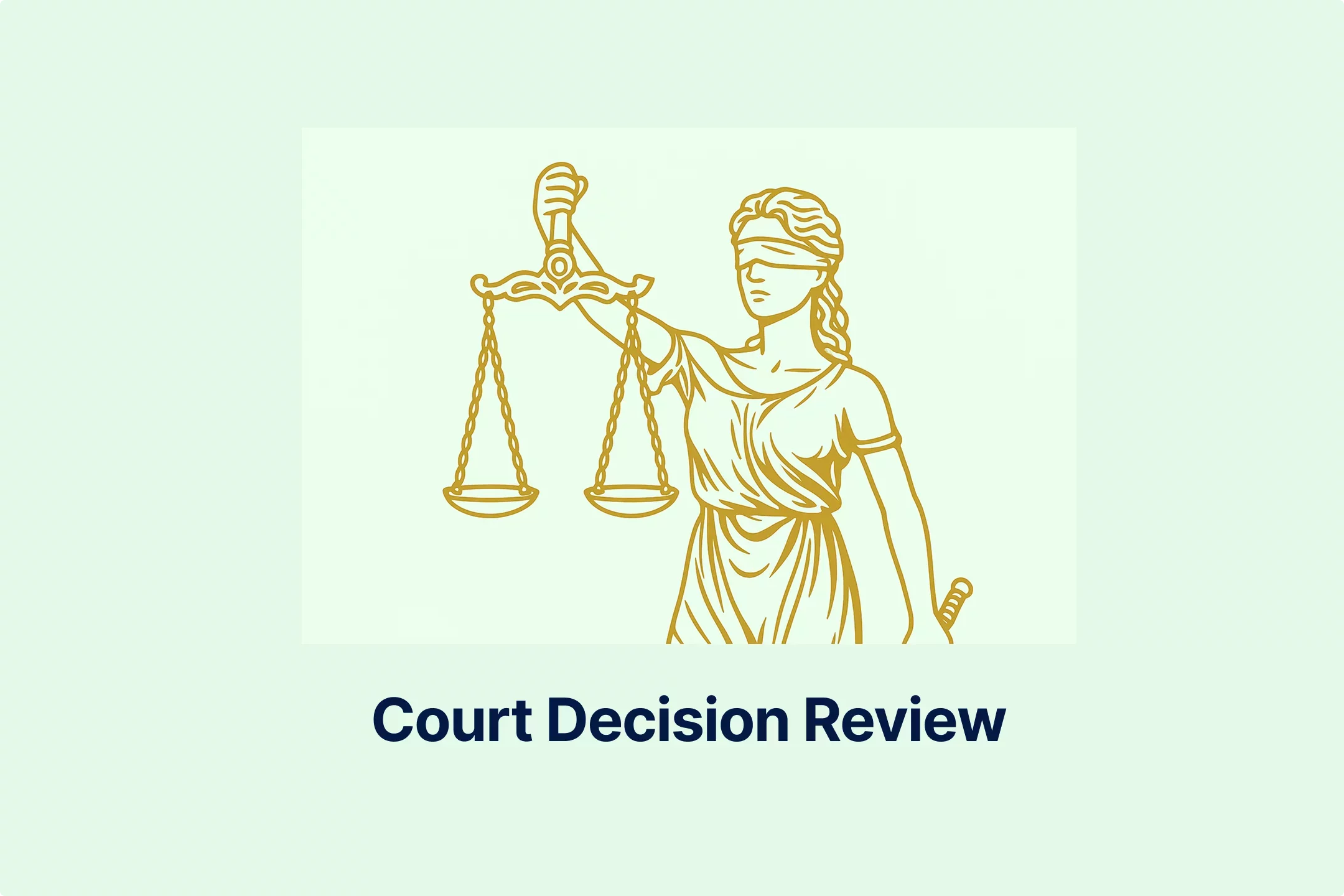

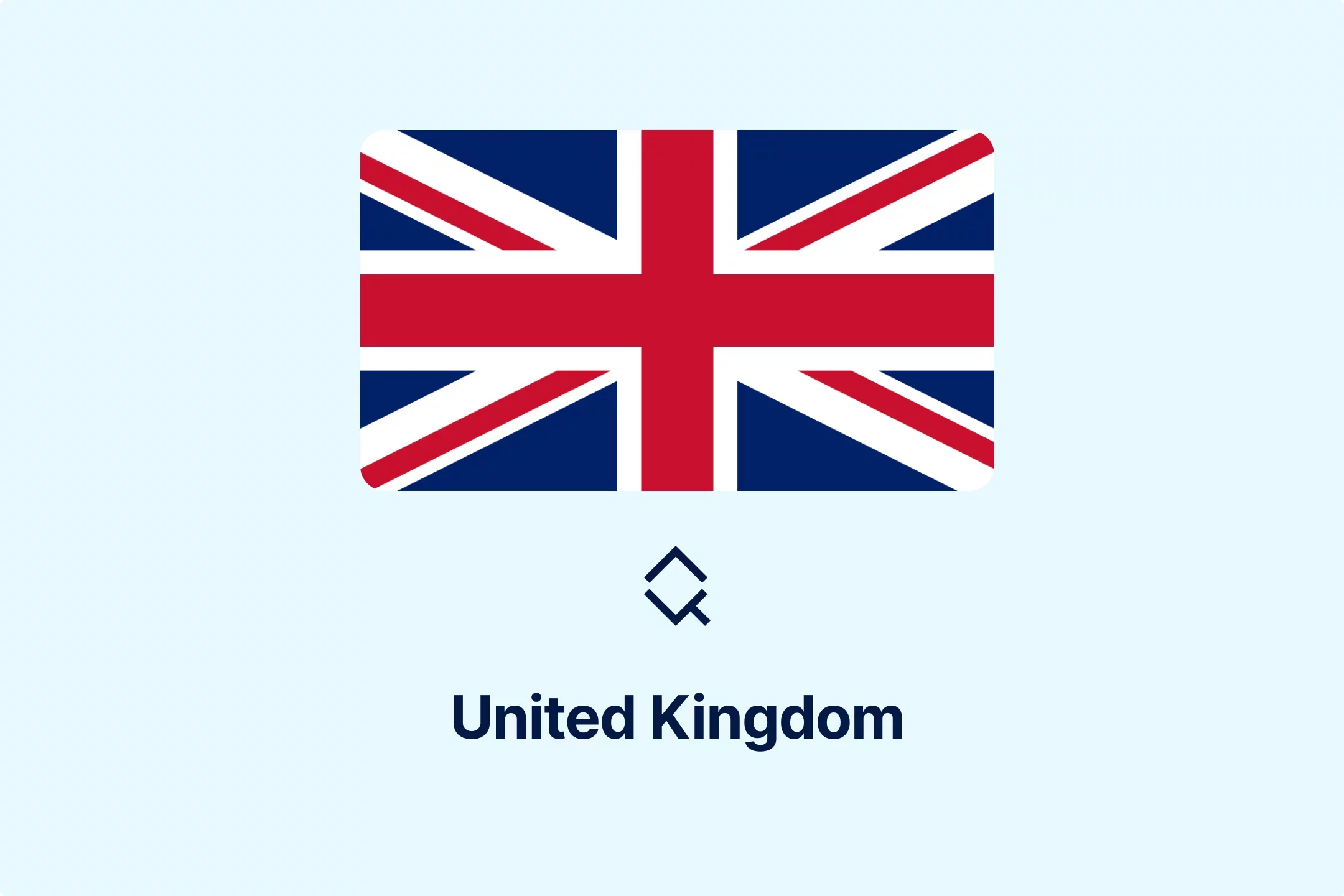
-iyyeiabtaf.webp)
-c8rbjkcs01.webp)
-nilkffjhah.webp)
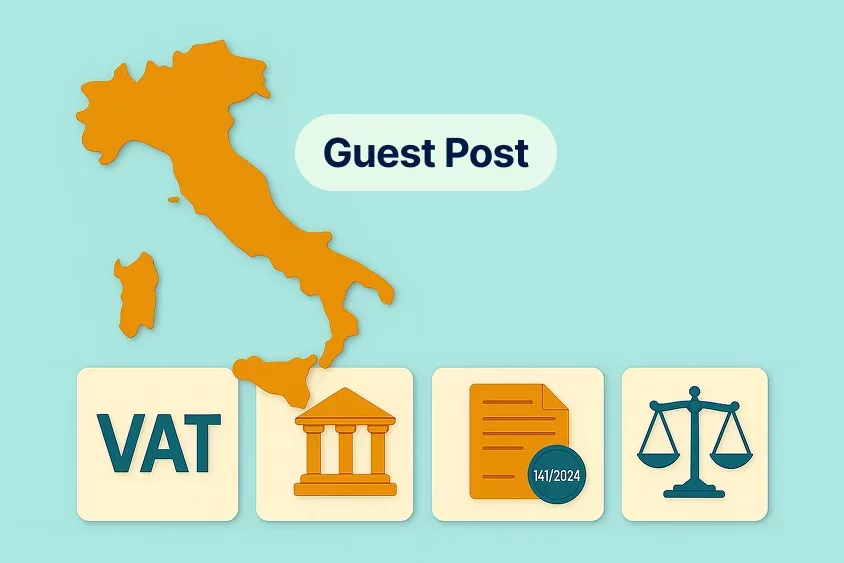
-hikakq55ae.webp)

-z1d60bldtg.webp)
-d1a0q6n7mp.webp)
-viip8nvoeh.webp)
-bvv1otliox.webp)
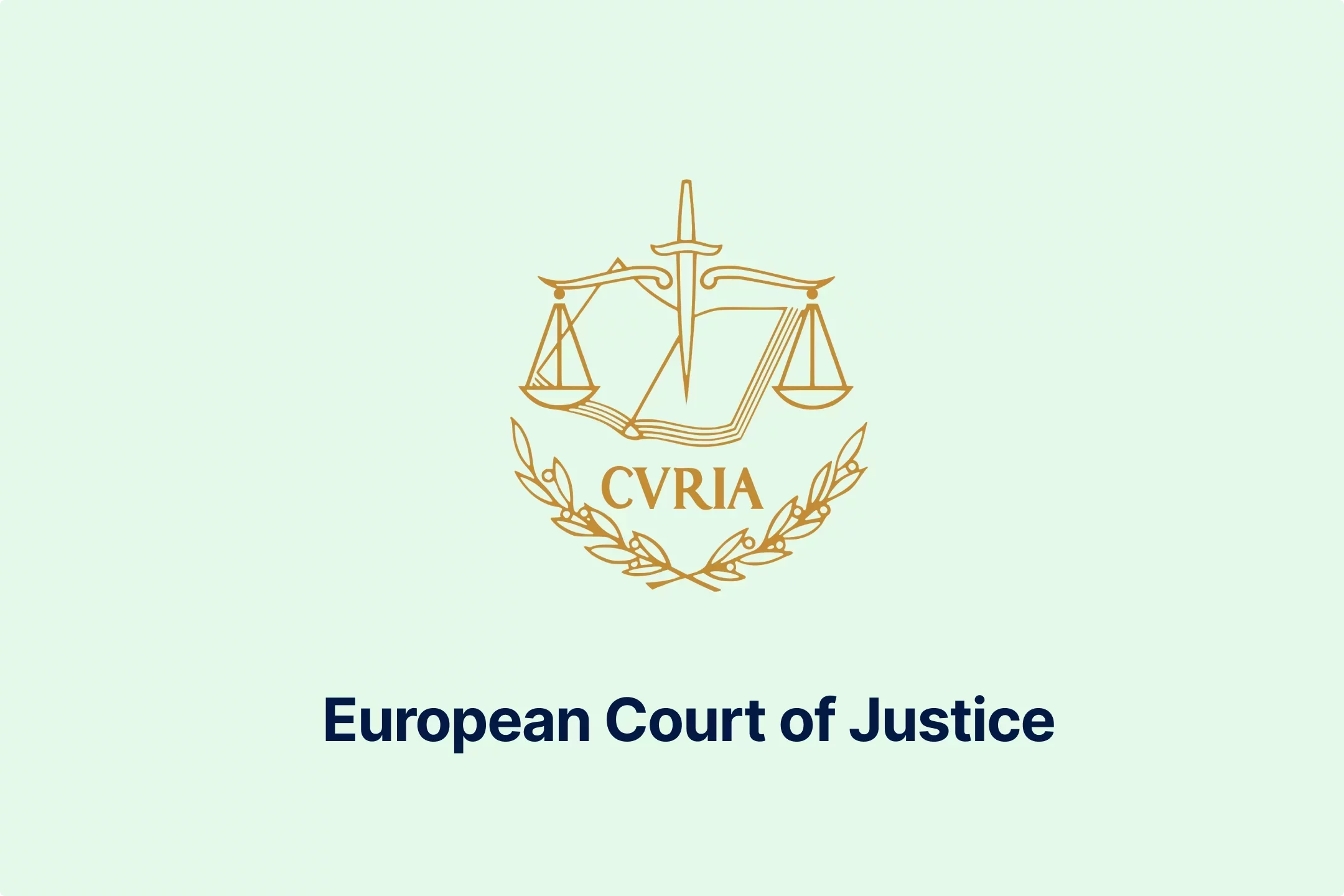


-de8hdb1bn3.webp)
-7xsxxoypnx.webp)
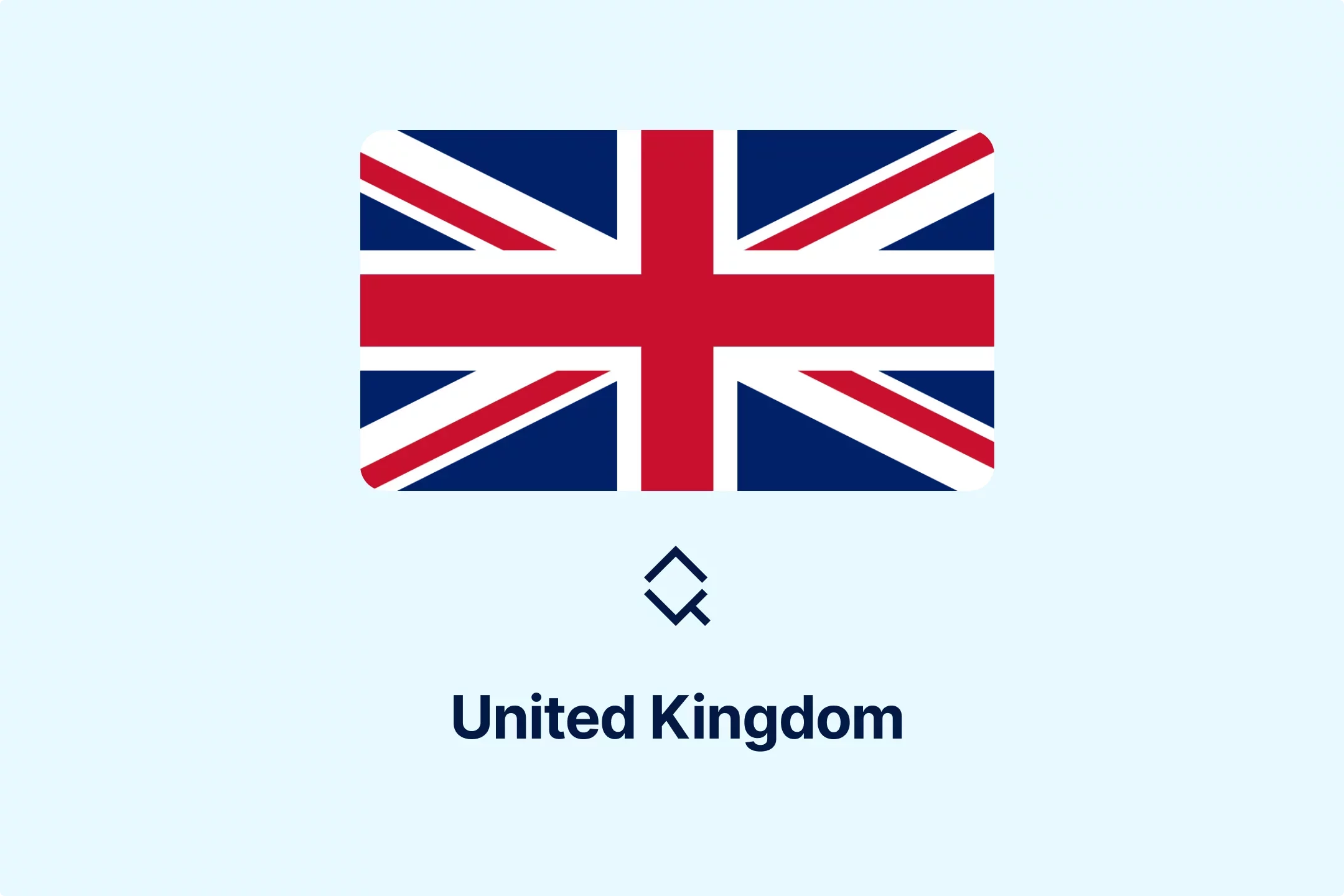
-cm0opezg73.webp)
-0tovsdupmi.webp)
-subxdamdj6.webp)
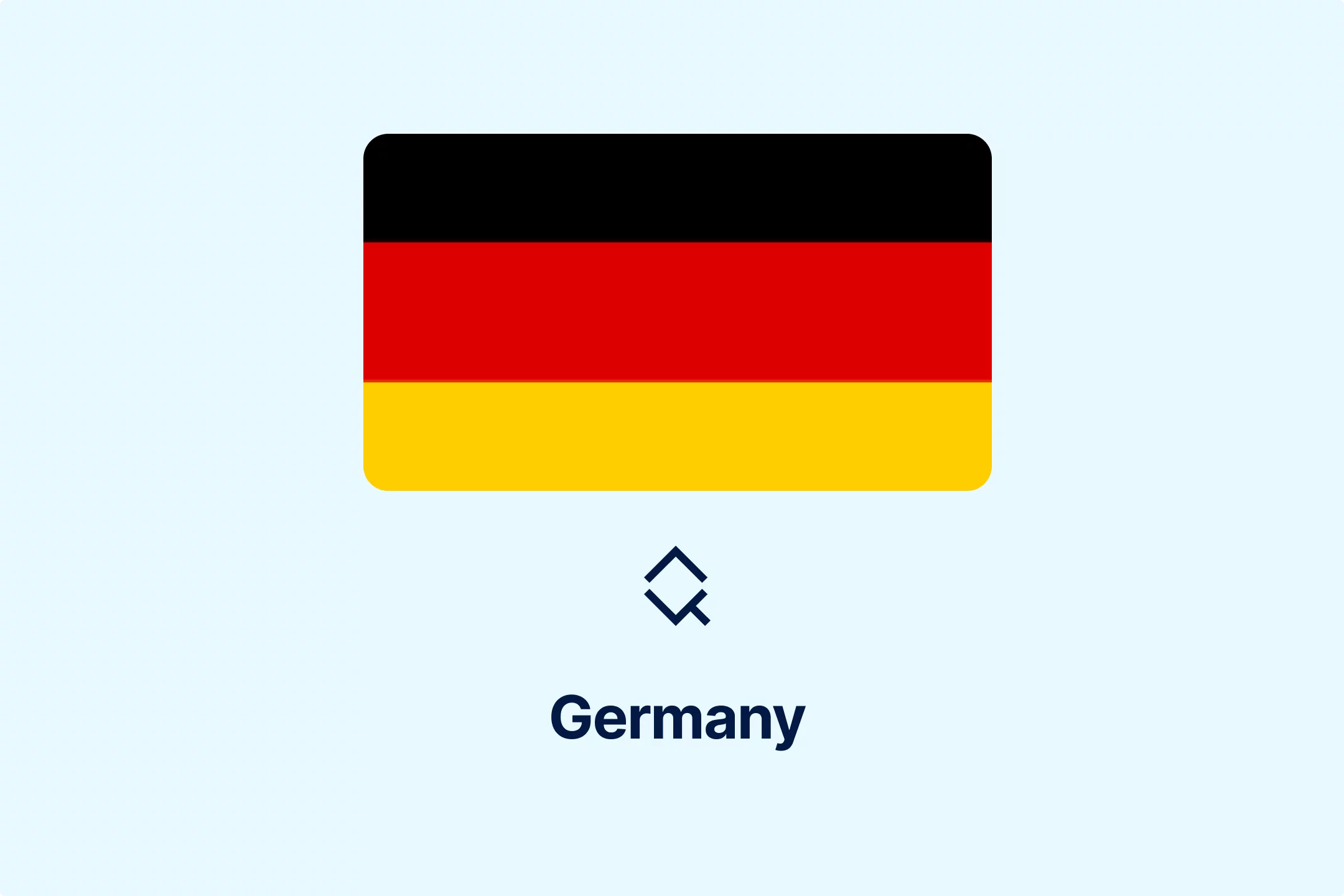
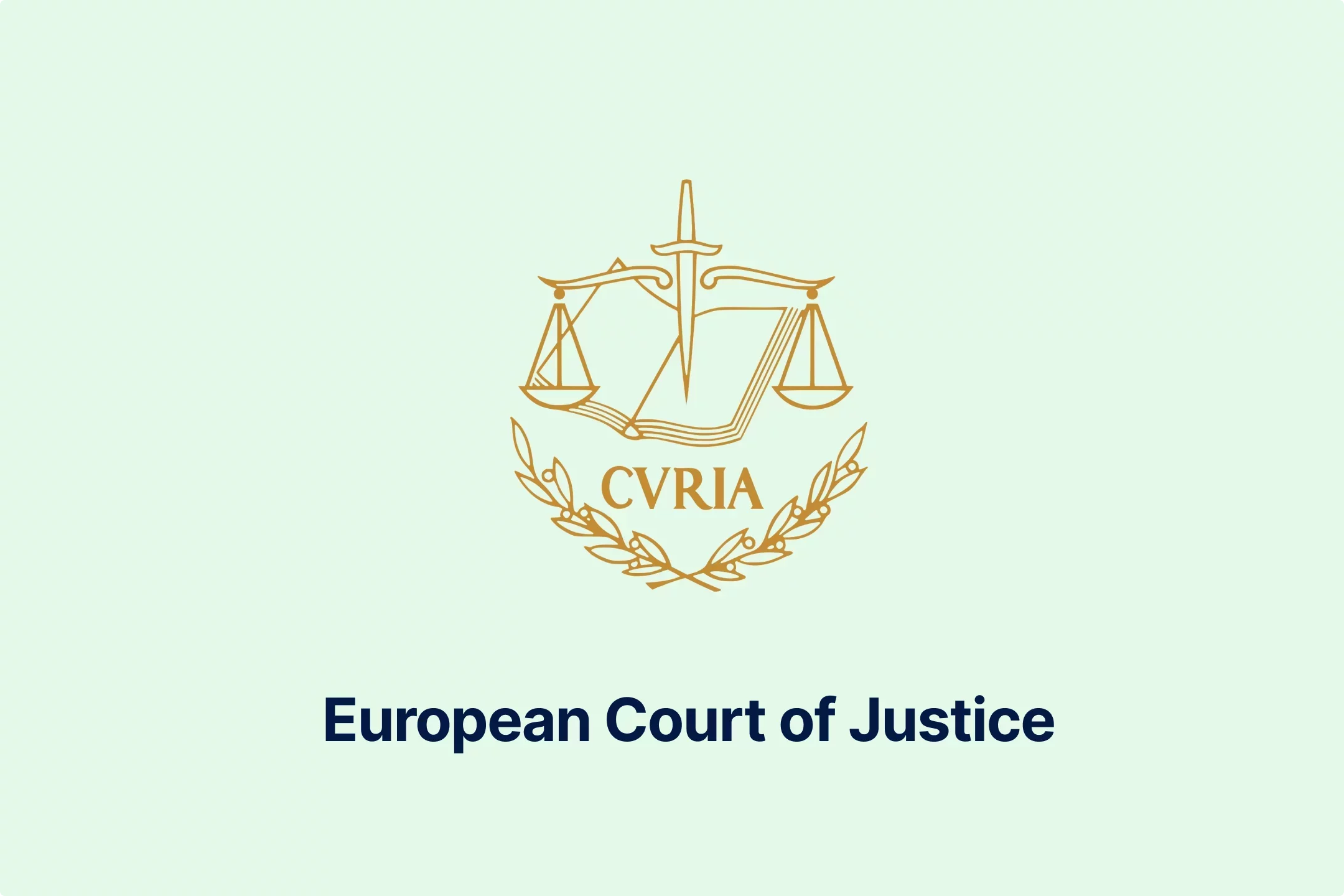
-gly6ablwnh.webp)
-gkduqhwbzh.webp)
-qpe1ld9vcj.webp)
-8noukwsmba.webp)
-aka29tuhkt.webp)


-fisvs27yrp.webp)


-mp0jakanyb.webp)

-aivzsuryuq.webp)



-o7f4ogsy06.webp)

-hrbhdts8ry.webp)
-qtdkwpgkug.webp)


-cf8ccgah0p.webp)
-0em3cif5s6.webp)





-ptzesl0kij.webp)

-tfzv42pyms.webp)






-uodv7sfbih.webp)
-bbrdfmm9qf.webp)



-m2tl8crfqr.webp)


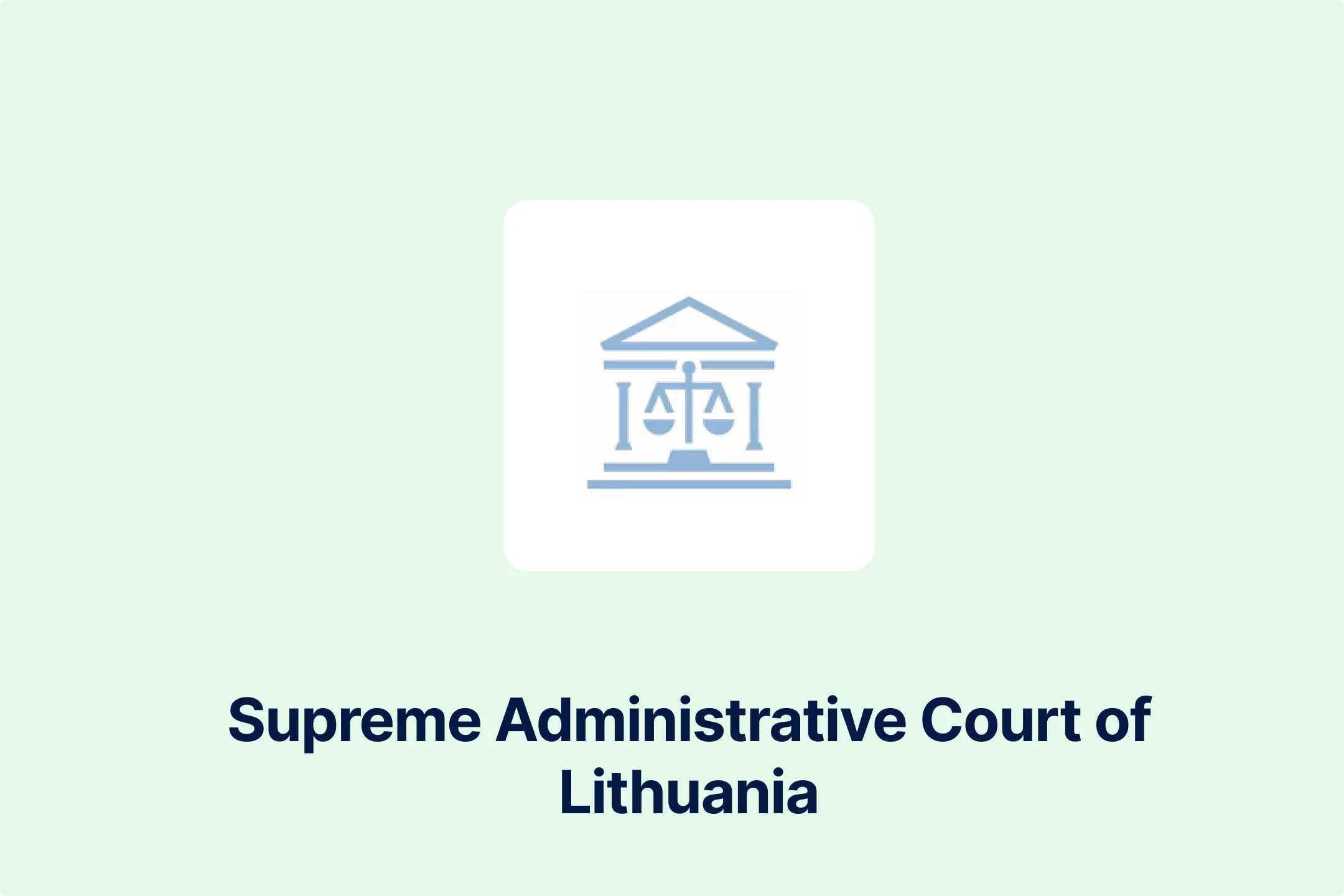

-1awbqjgpjs.webp)
-avbjsn1k1g.webp)


-0h8ohkx6s0.webp)



-wfmqhtc7i6.webp)
-7wljbof2zo.webp)
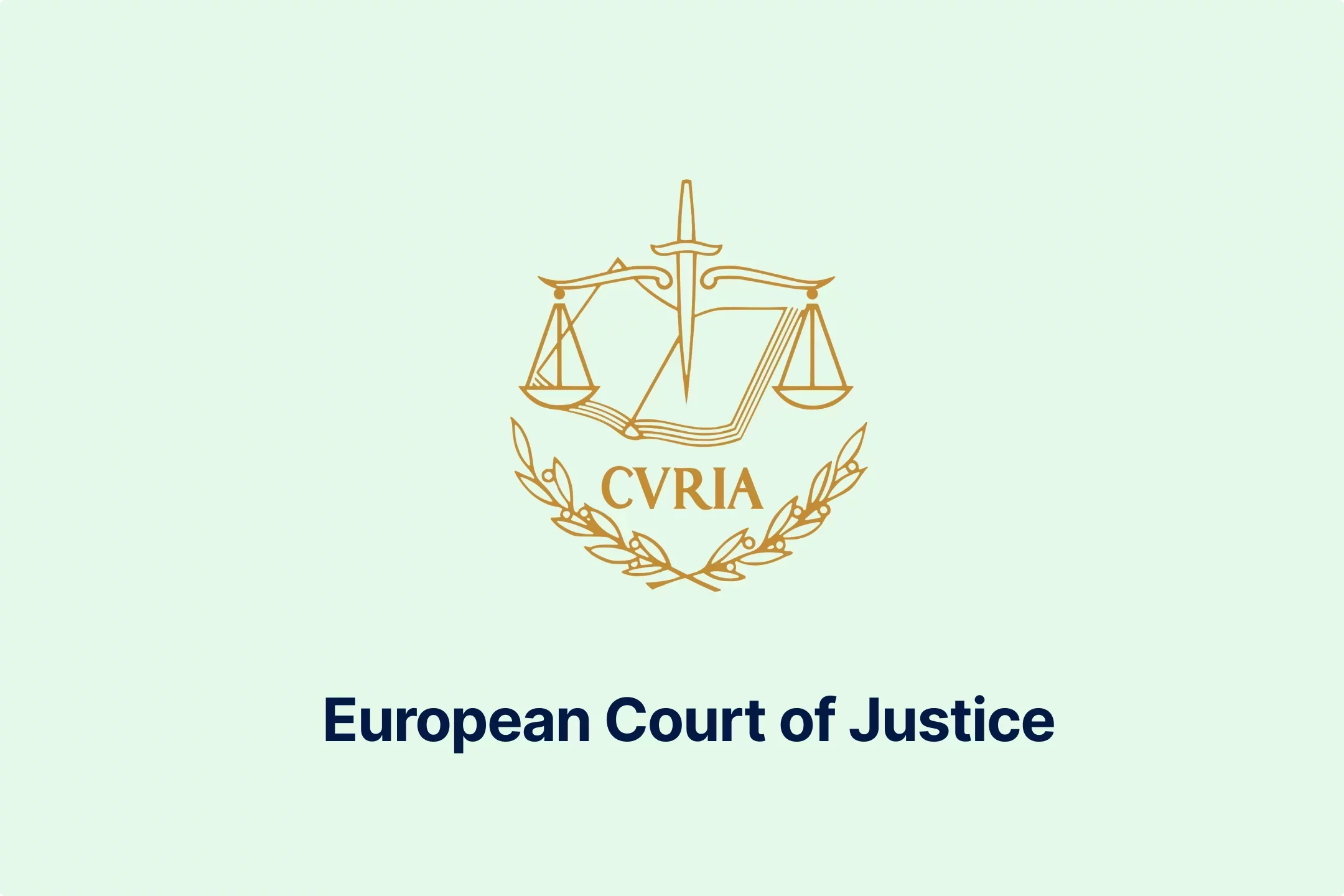
-eqt97uyekl.webp)
-wzw9mcf563.webp)

-z4oxr6i0zd.webp)




-l0zcrrzvhb.webp)
-fhtic1pwml.webp)

-iipdguuz9p.webp)
-nkhhwrnggm.webp)
-pltqwerr3w.webp)

-nn6mtfbneq.webp)

-tmnklelfku.webp)



-8z1msbdibu.webp)
-7g16lgggrv.webp)



-lxcwgtzitc.webp)
-9mc55kqwtx.webp)


-xla7j3cxwz.webp)
-jrdryw2eil.webp)






-t9qr49xs2u.webp)


-qjopq5jplv.webp)



-vune1zdqex.webp)

-qsozqjwle2.webp)
-rgjta7iwiv.webp)

-zb6bxxws47.webp)
-lyfjzw4okp.webp)

-ogpfmol5m1.png)


-czisebympl.png)

-zetvivc79v.png)
-ud7ylvkade.png)
-qizq6w2v5z.png)







-ihr6b4mpo1.webp)
-k1j4au0ph6.webp)
-swxxcatugi.webp)


-ig9tutqopw.webp)

-tauoa6ziym.webp)

-spr0wydvvg.webp)
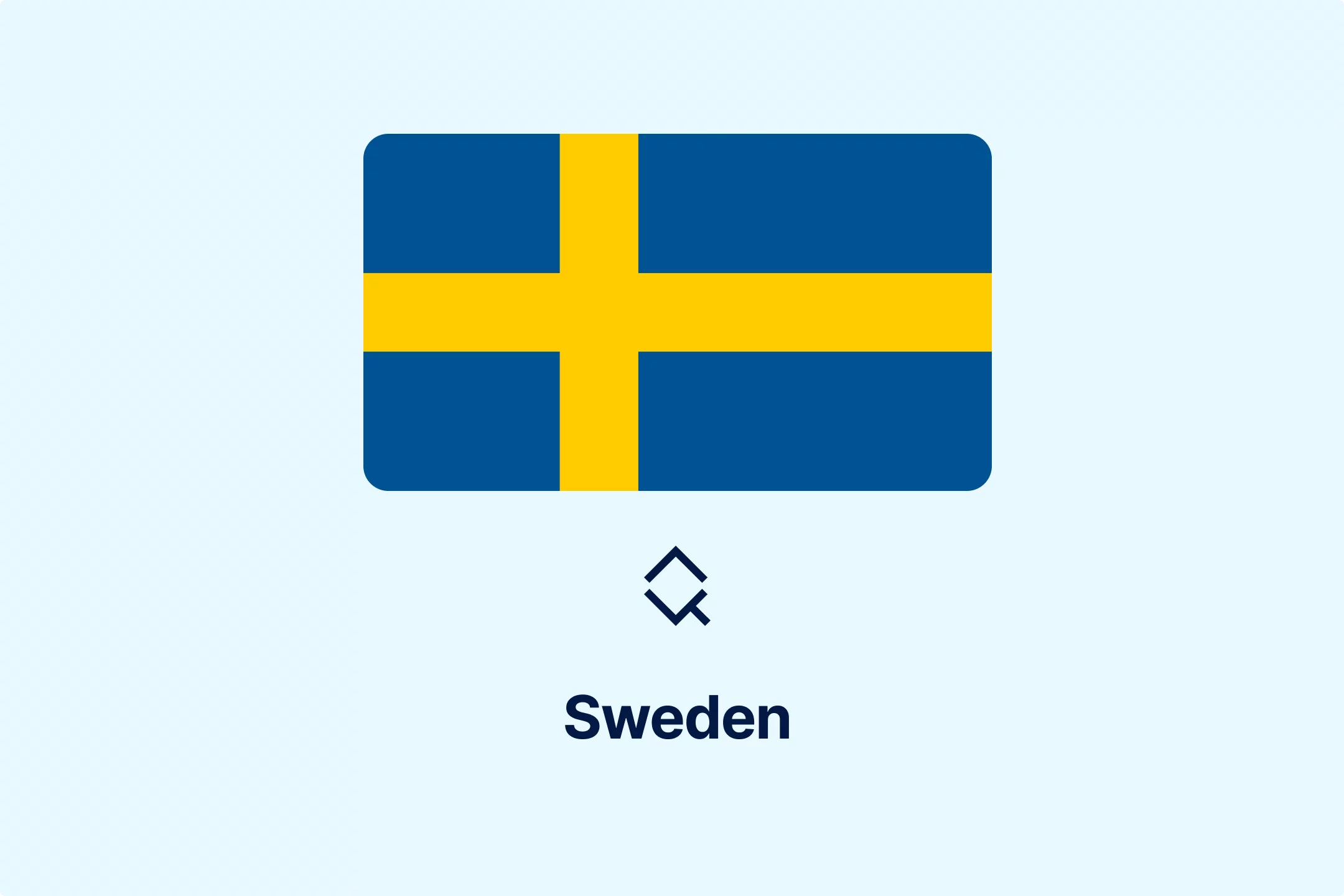
-xfuognajem.webp)





-u2nv5luoqc.webp)








-opuxpan2iu.webp)




-kwttsfd8ow.webp)
-8u14qi10nj.webp)

-wjpr96aq5g.webp)

.png)

.png)


.png)


.png)



.png)
.png)
.png)
.png)
.png)

.png)
.png)




.png)
.png)




































































































































